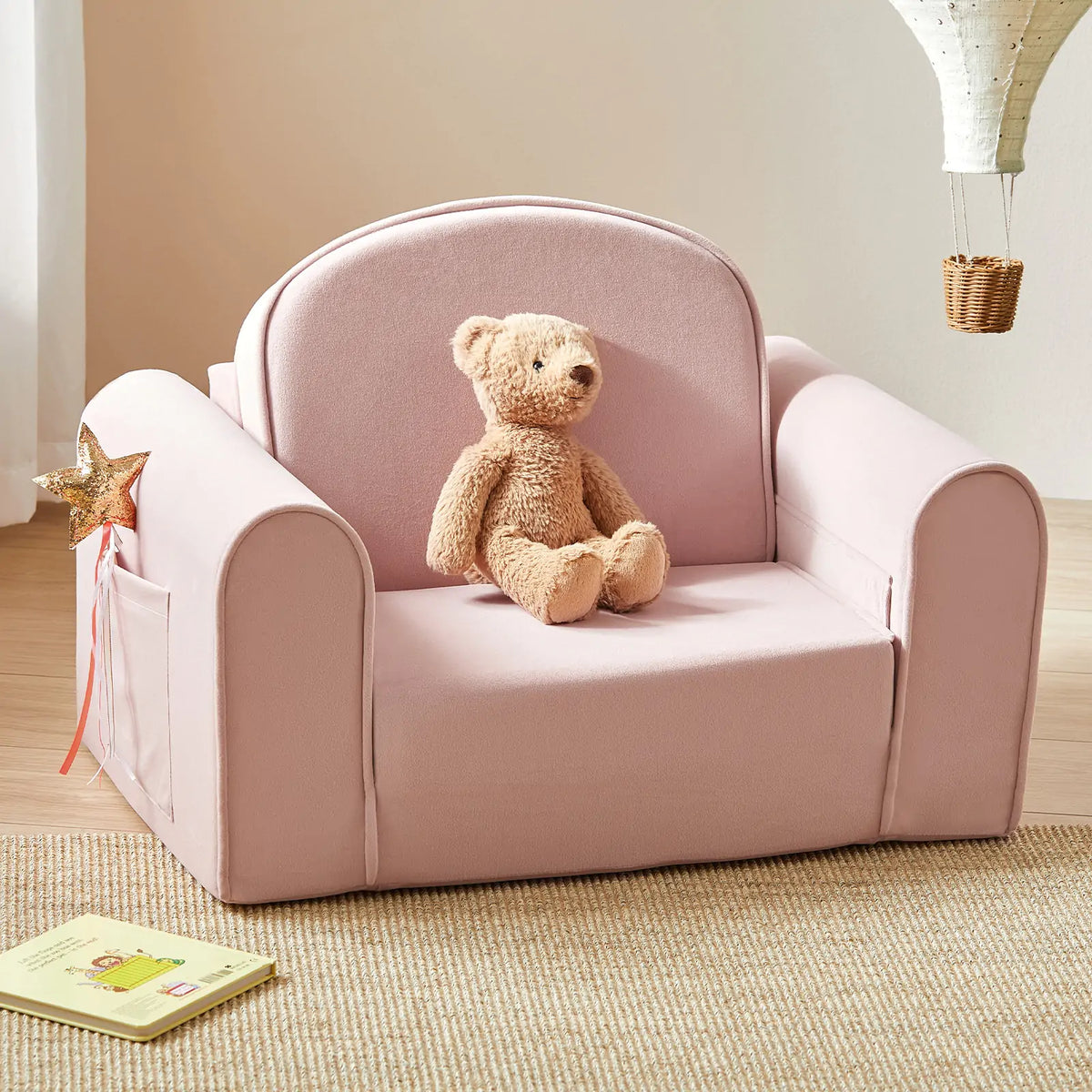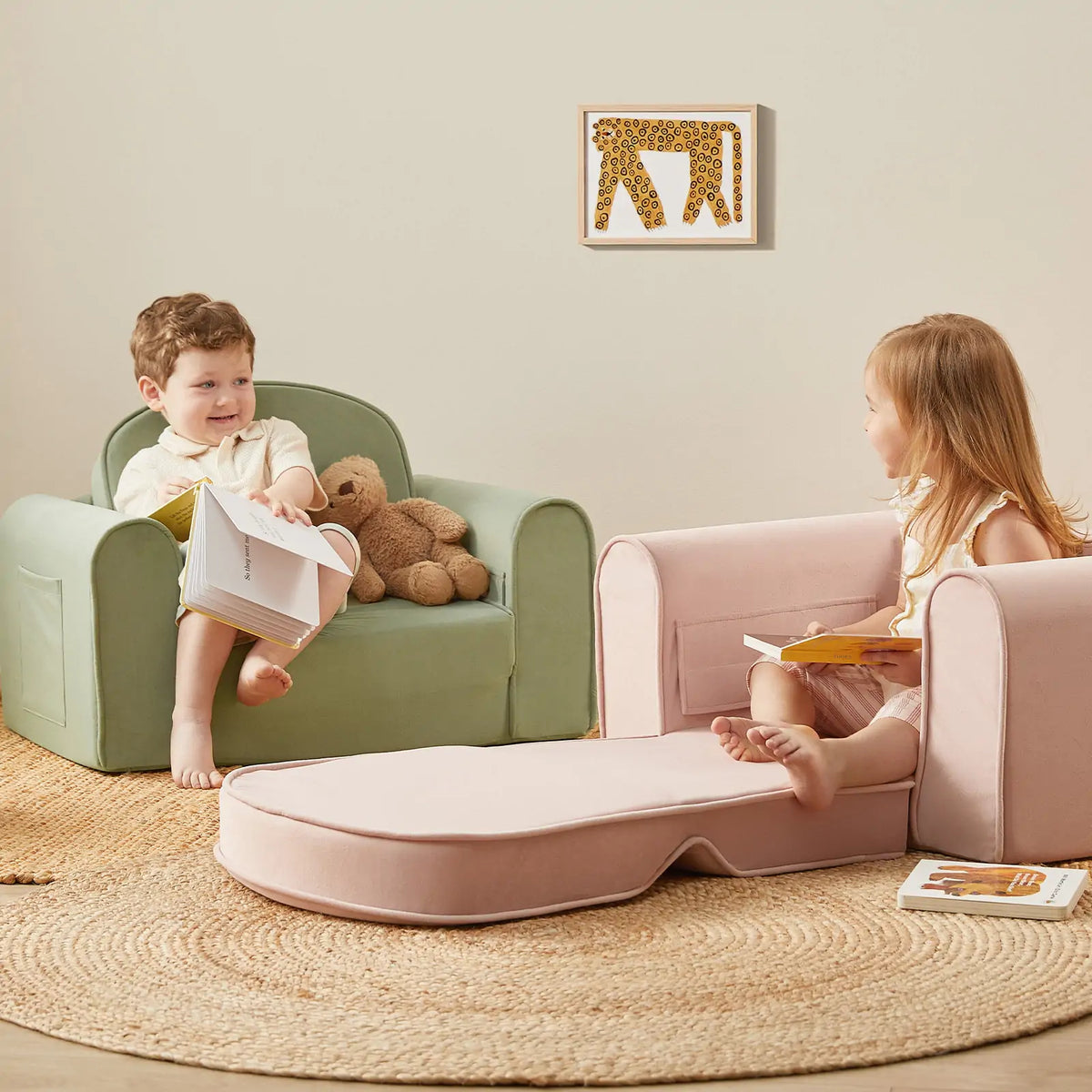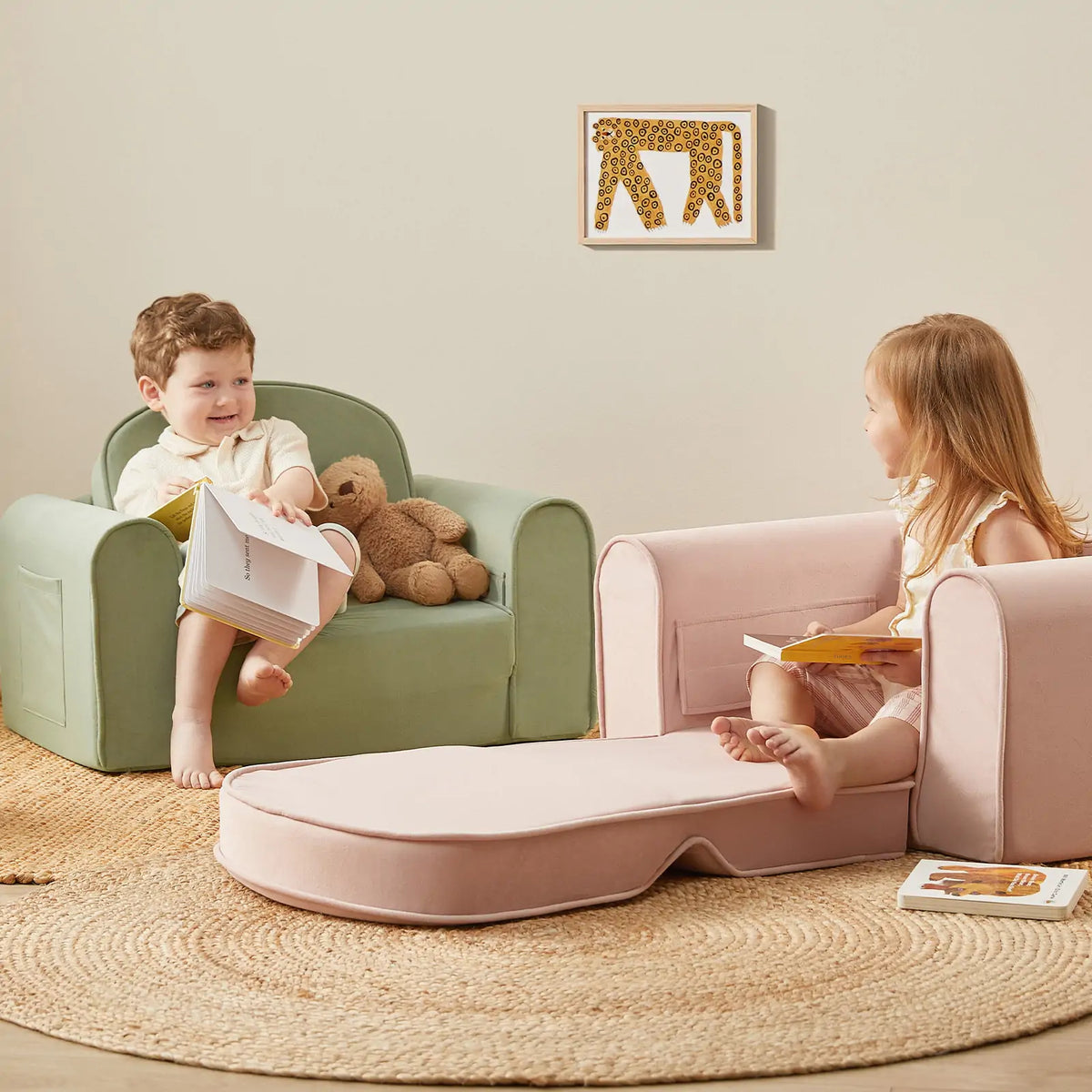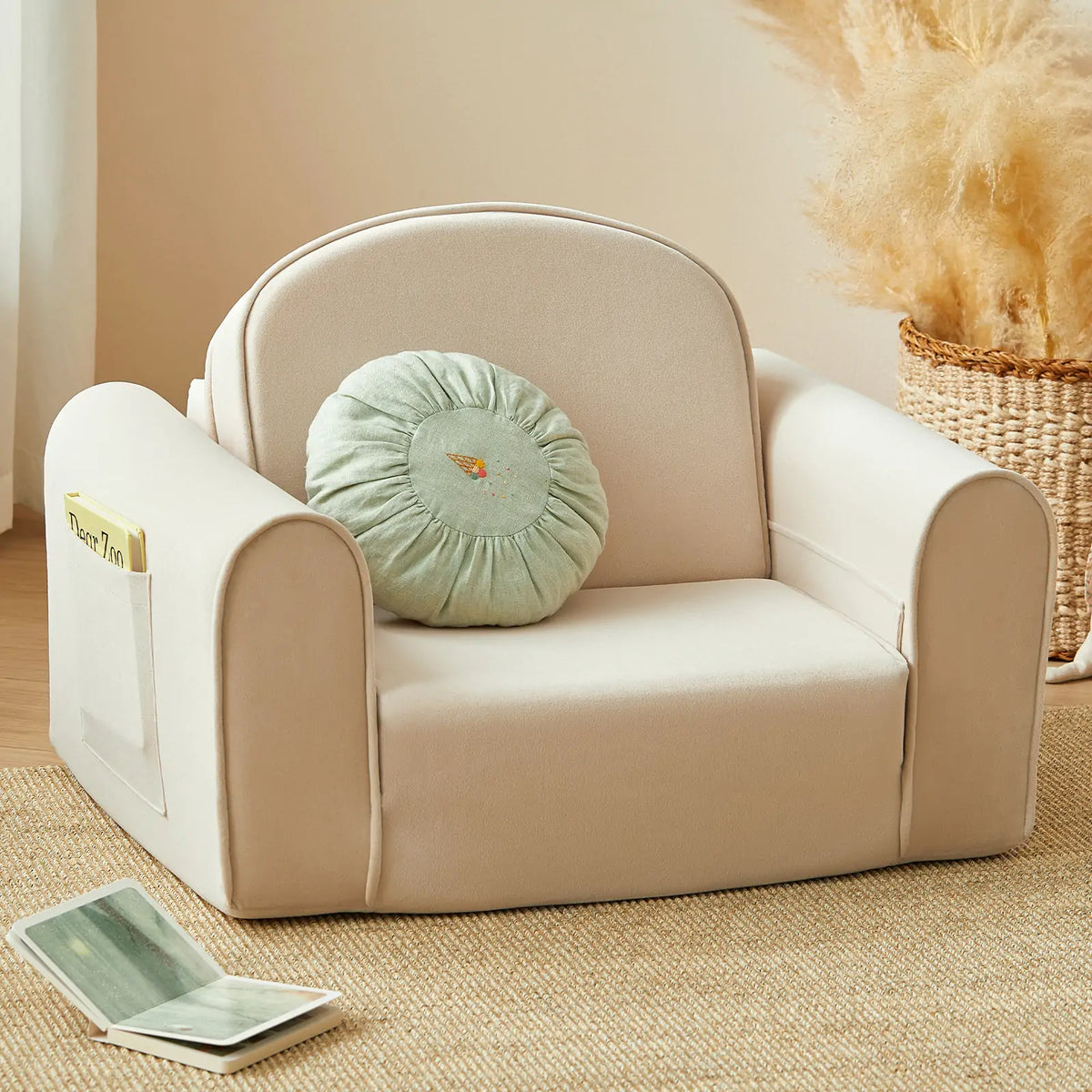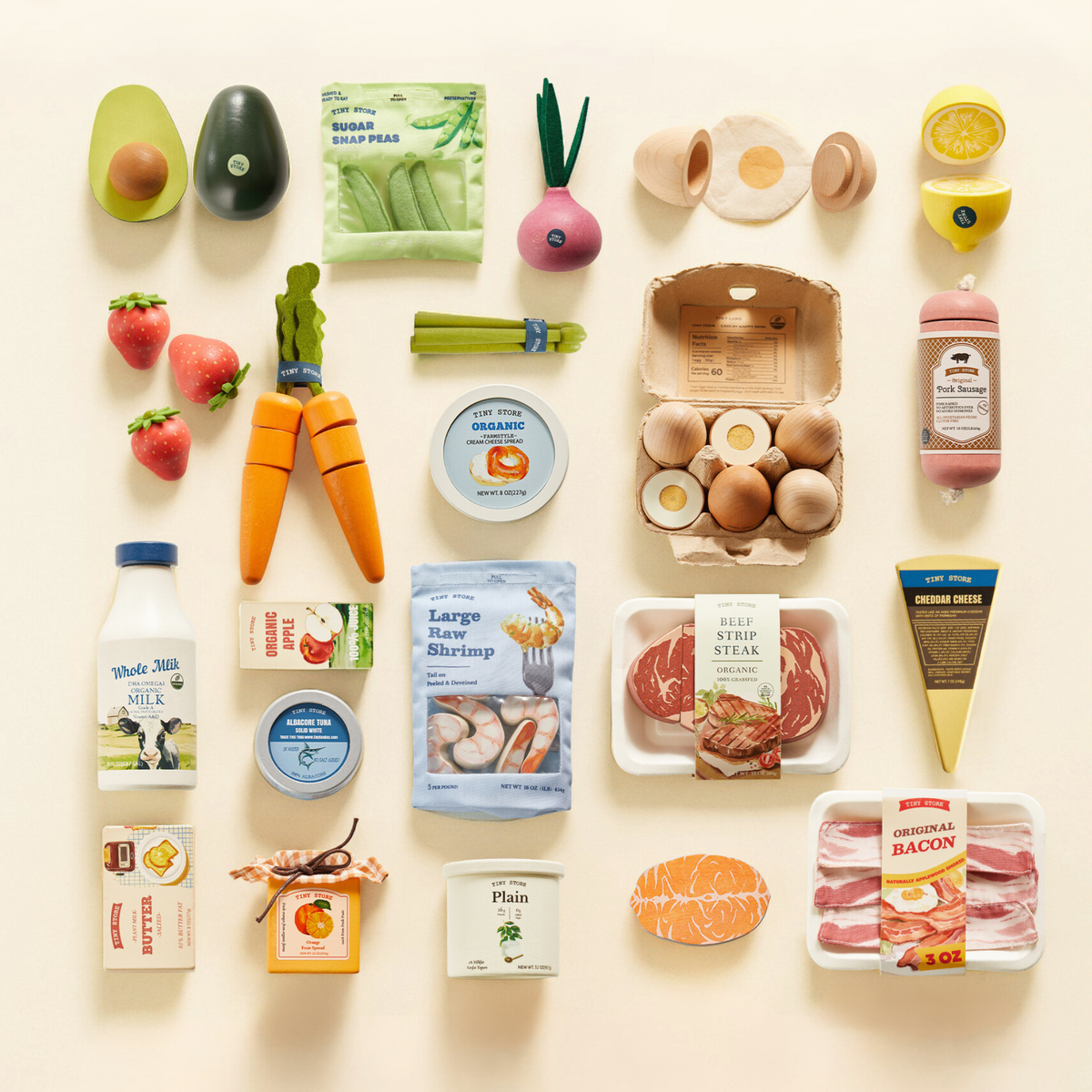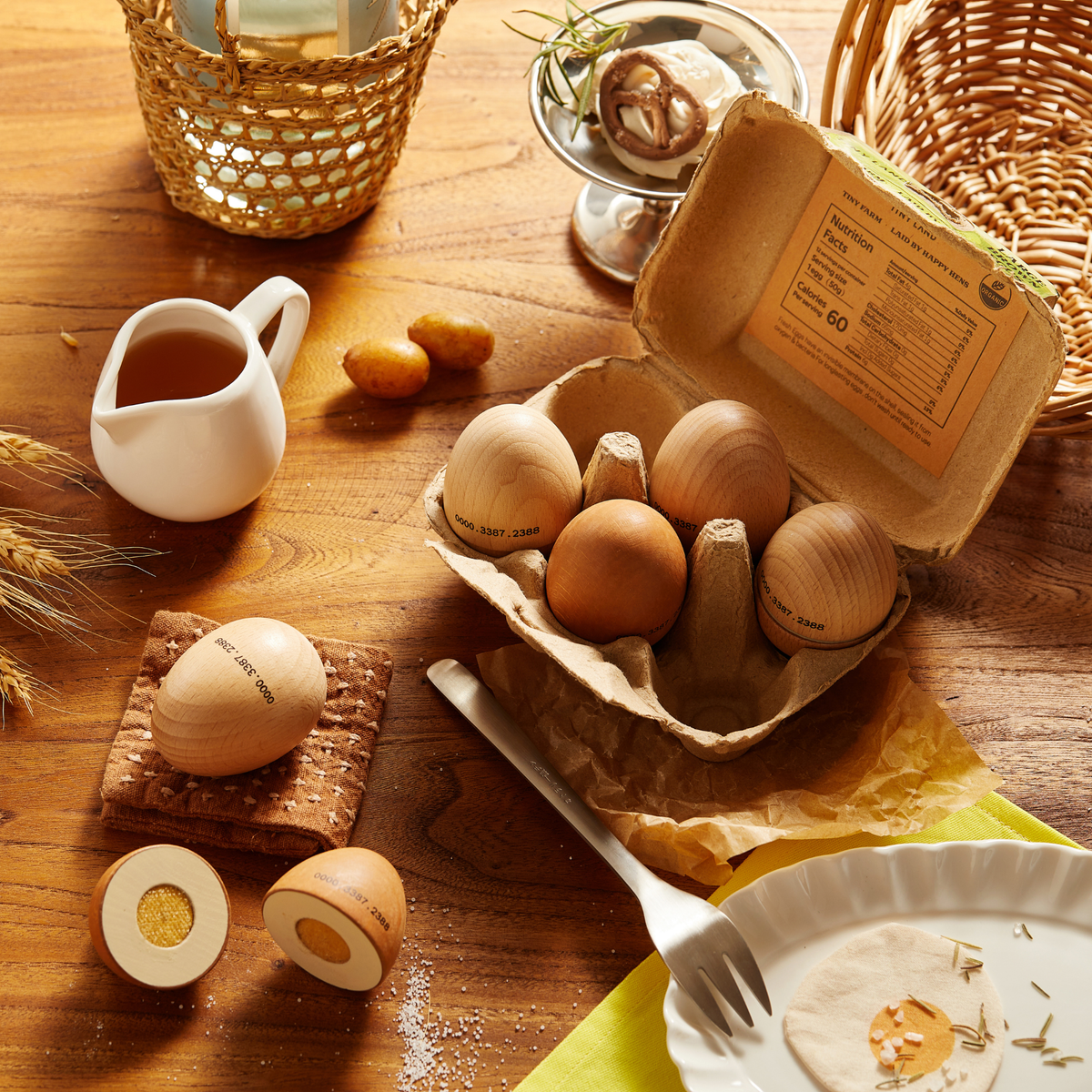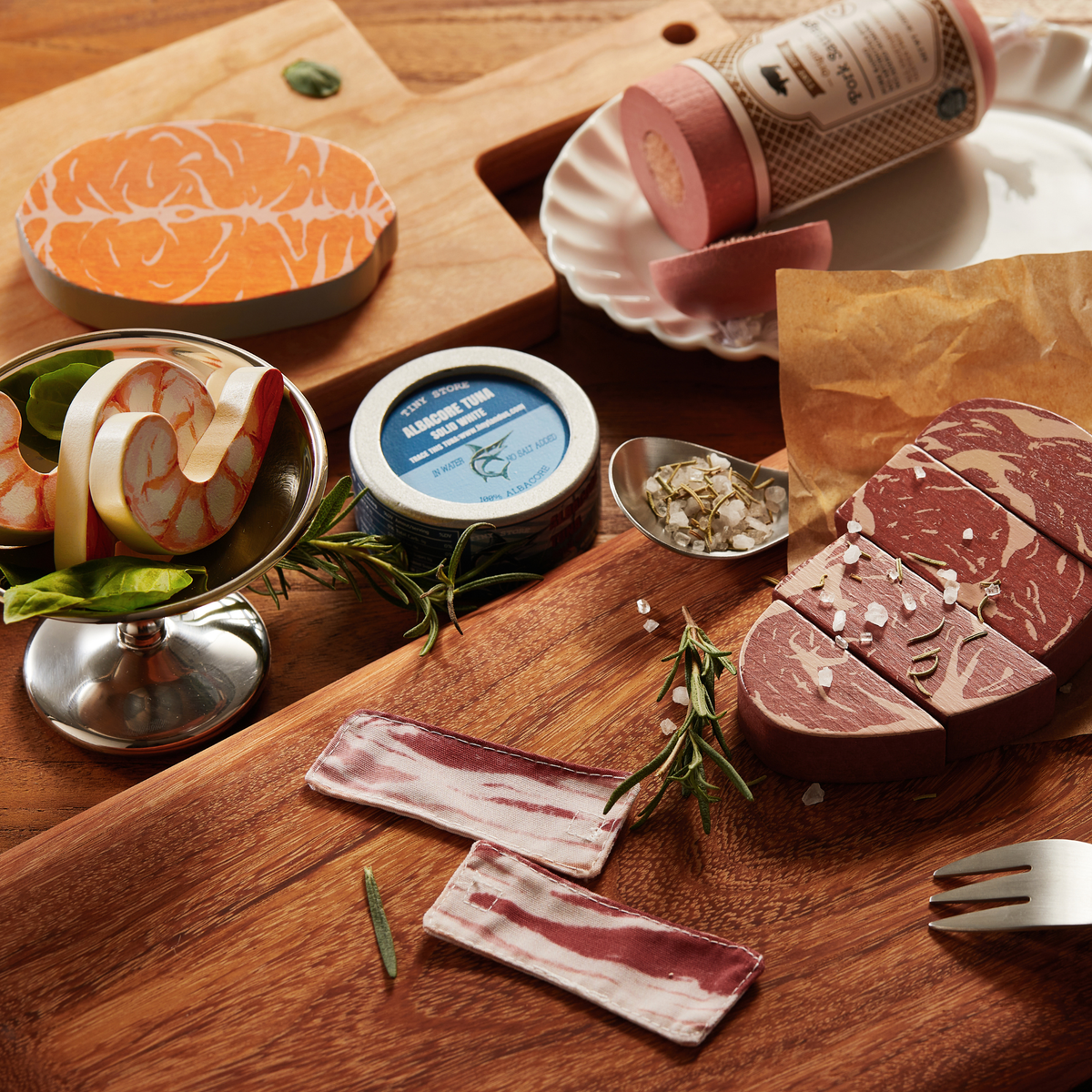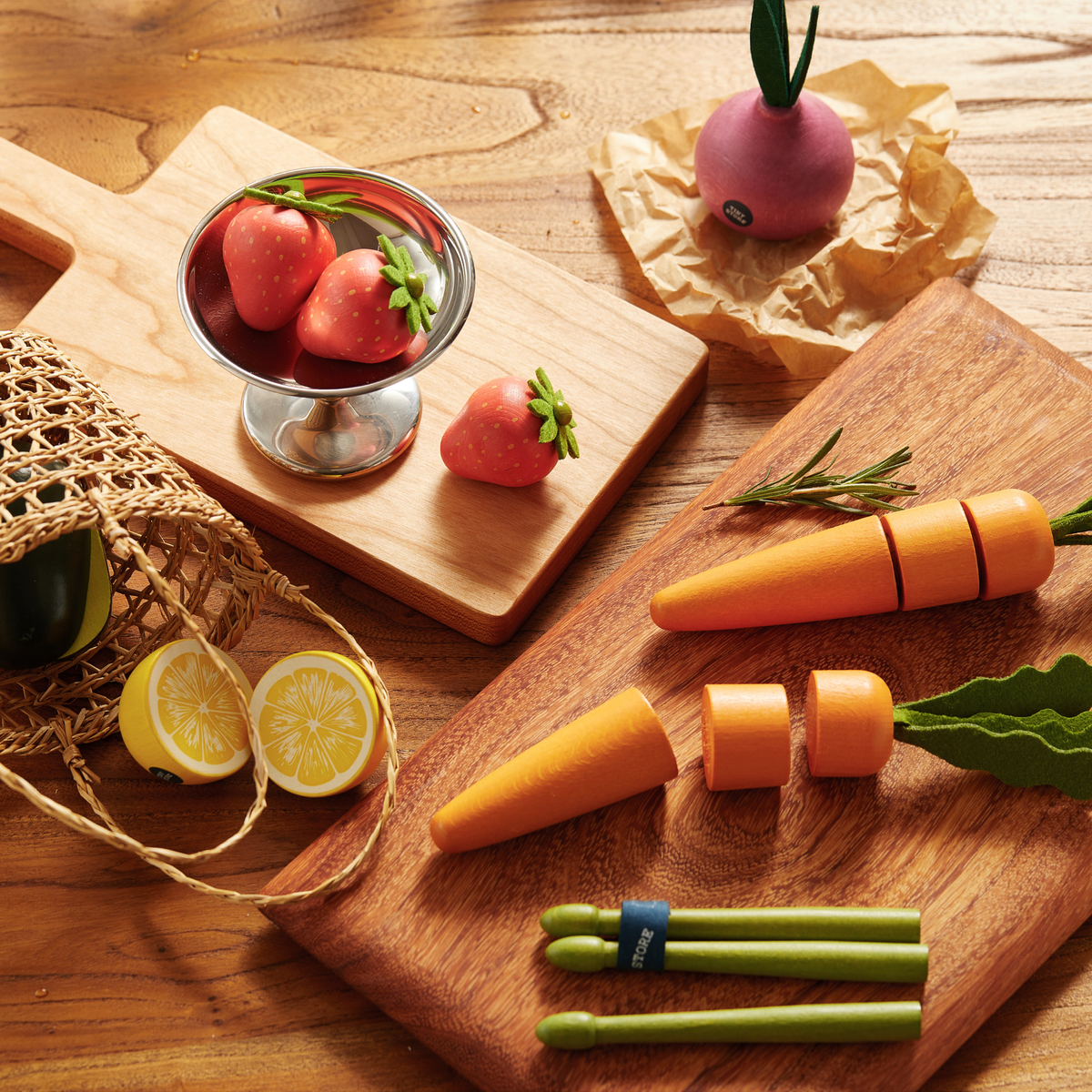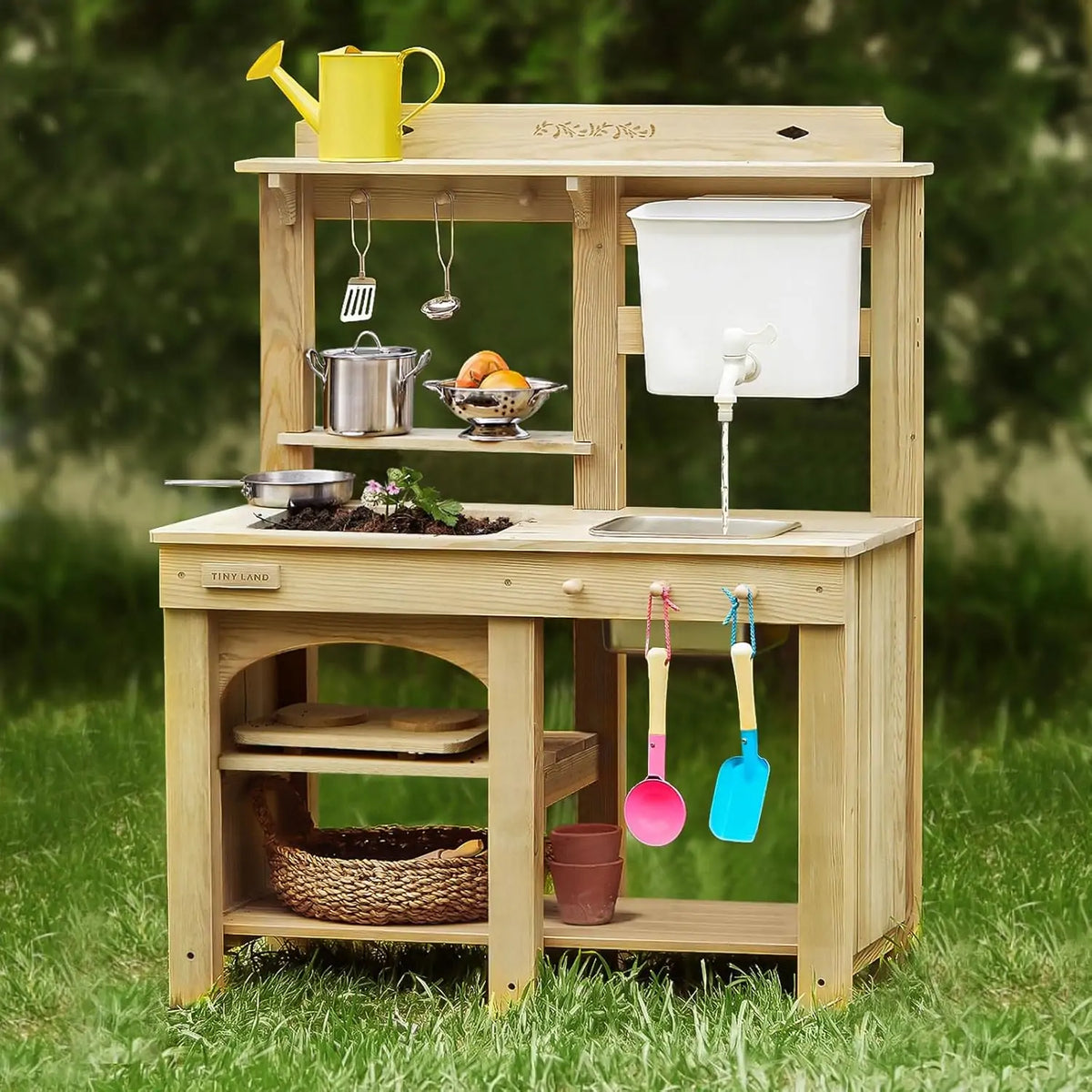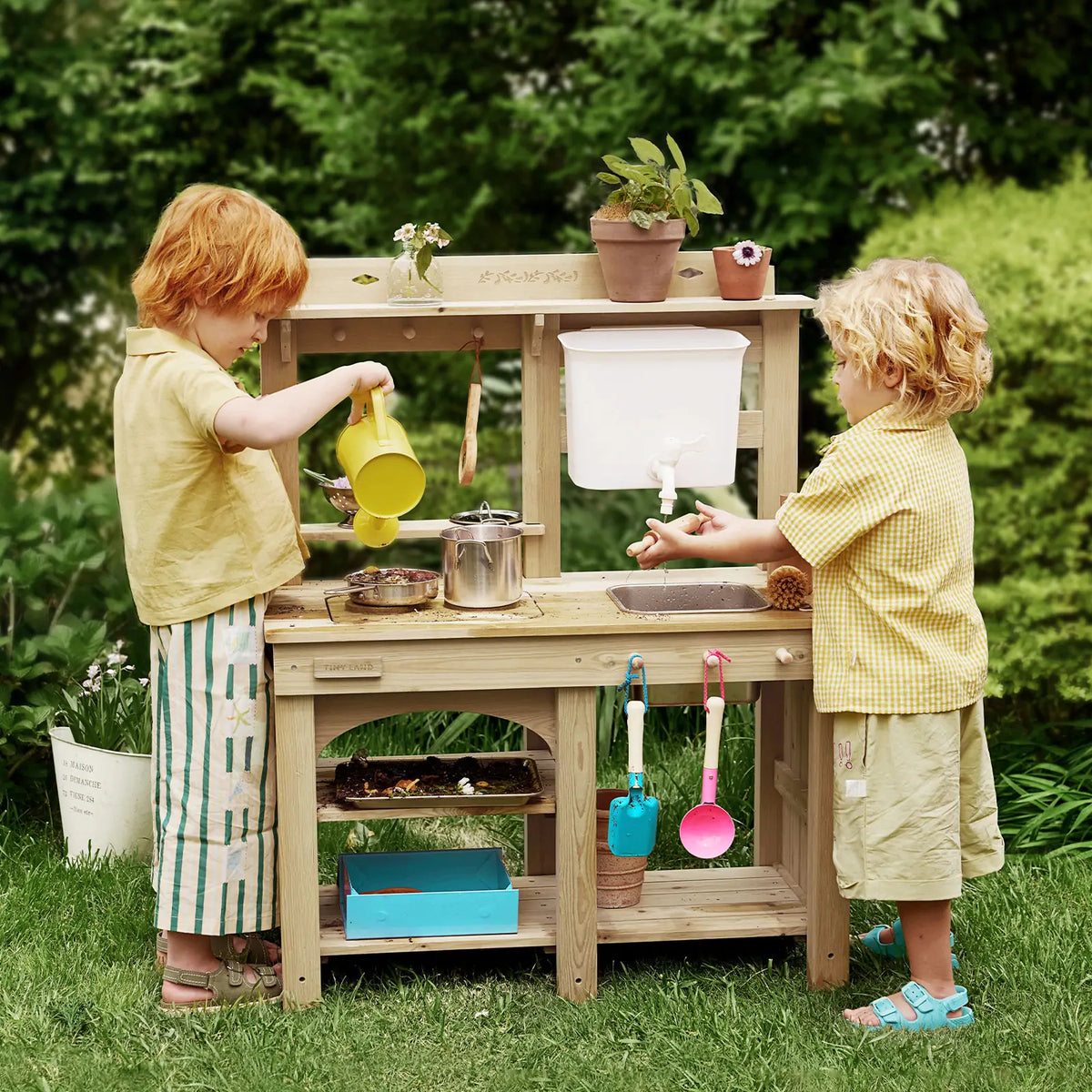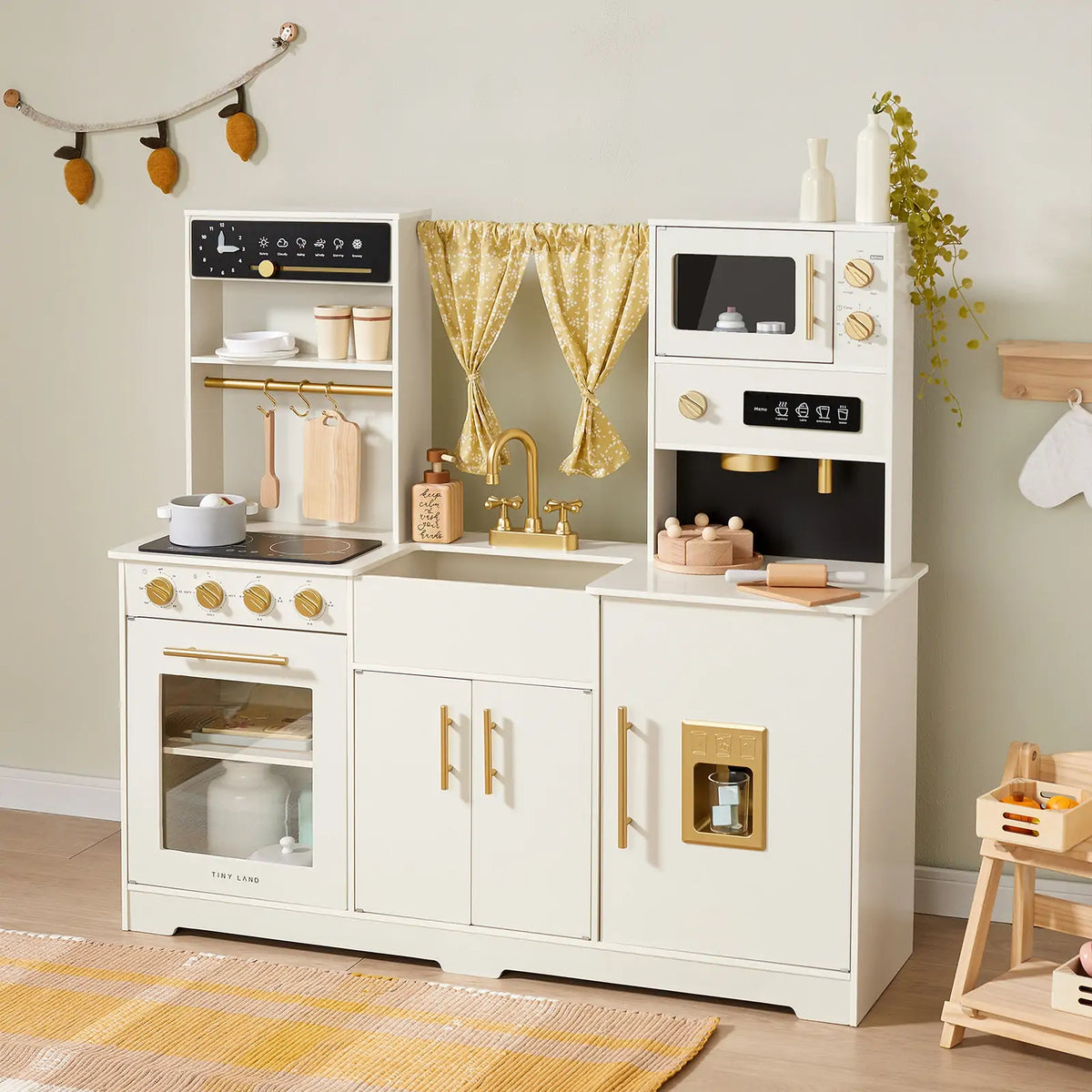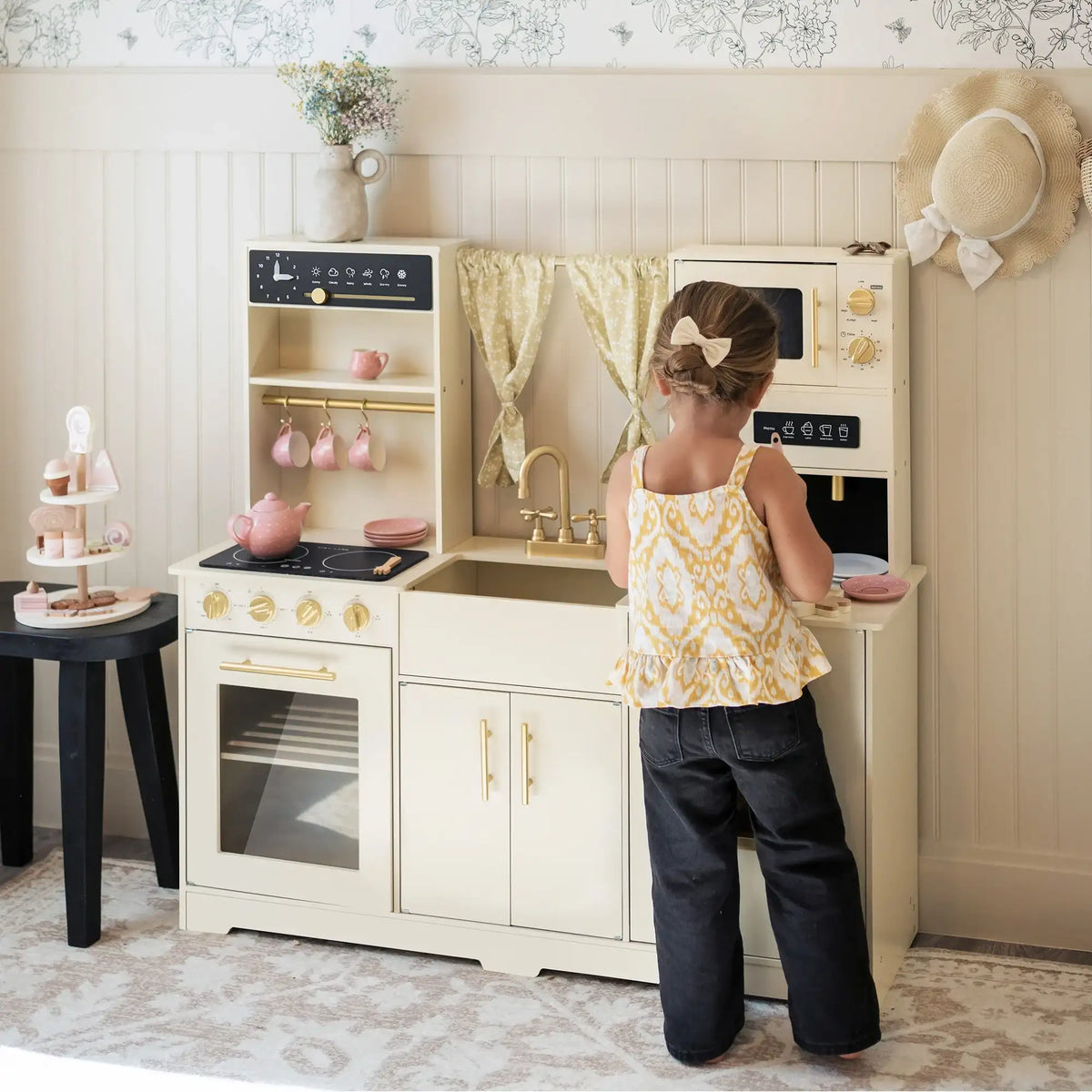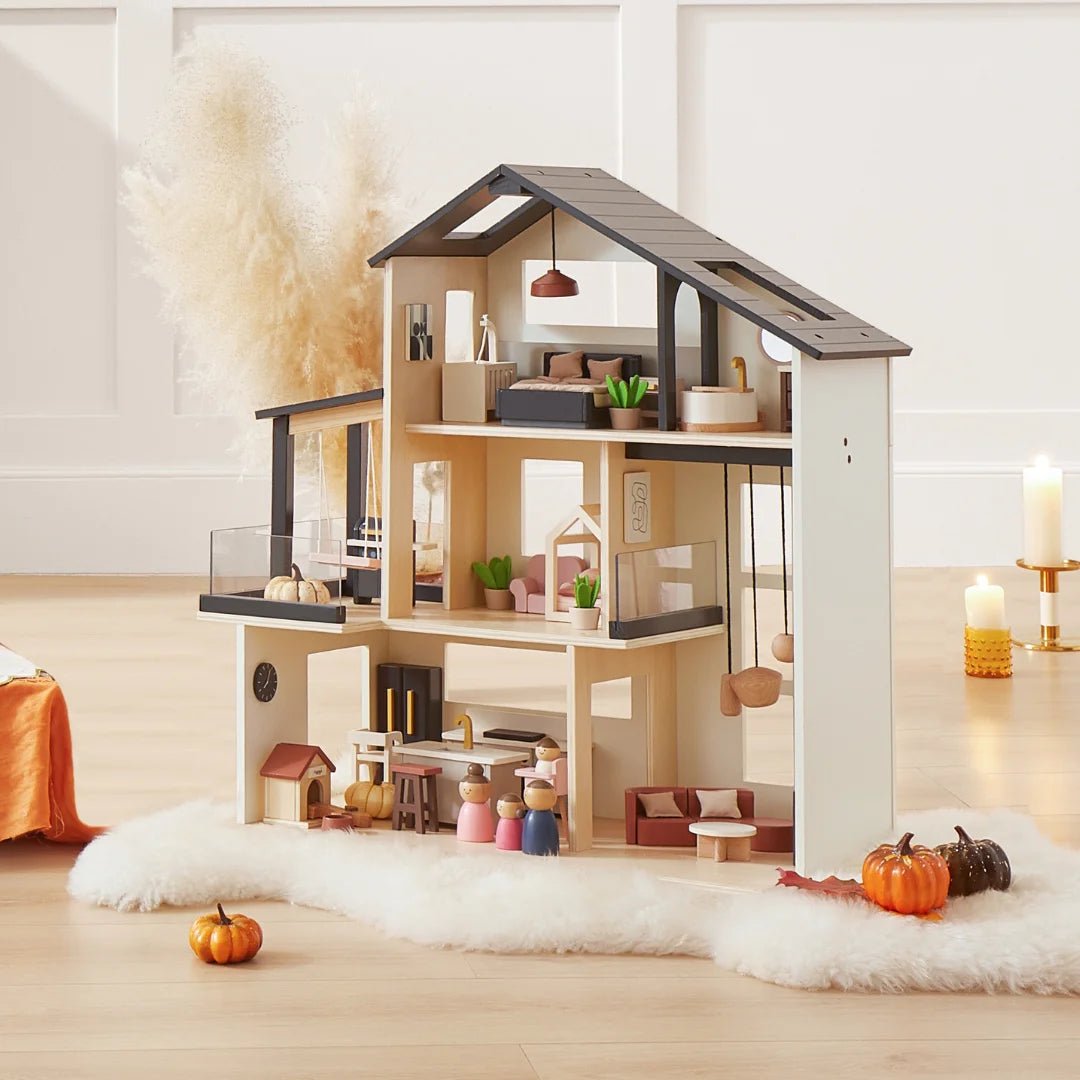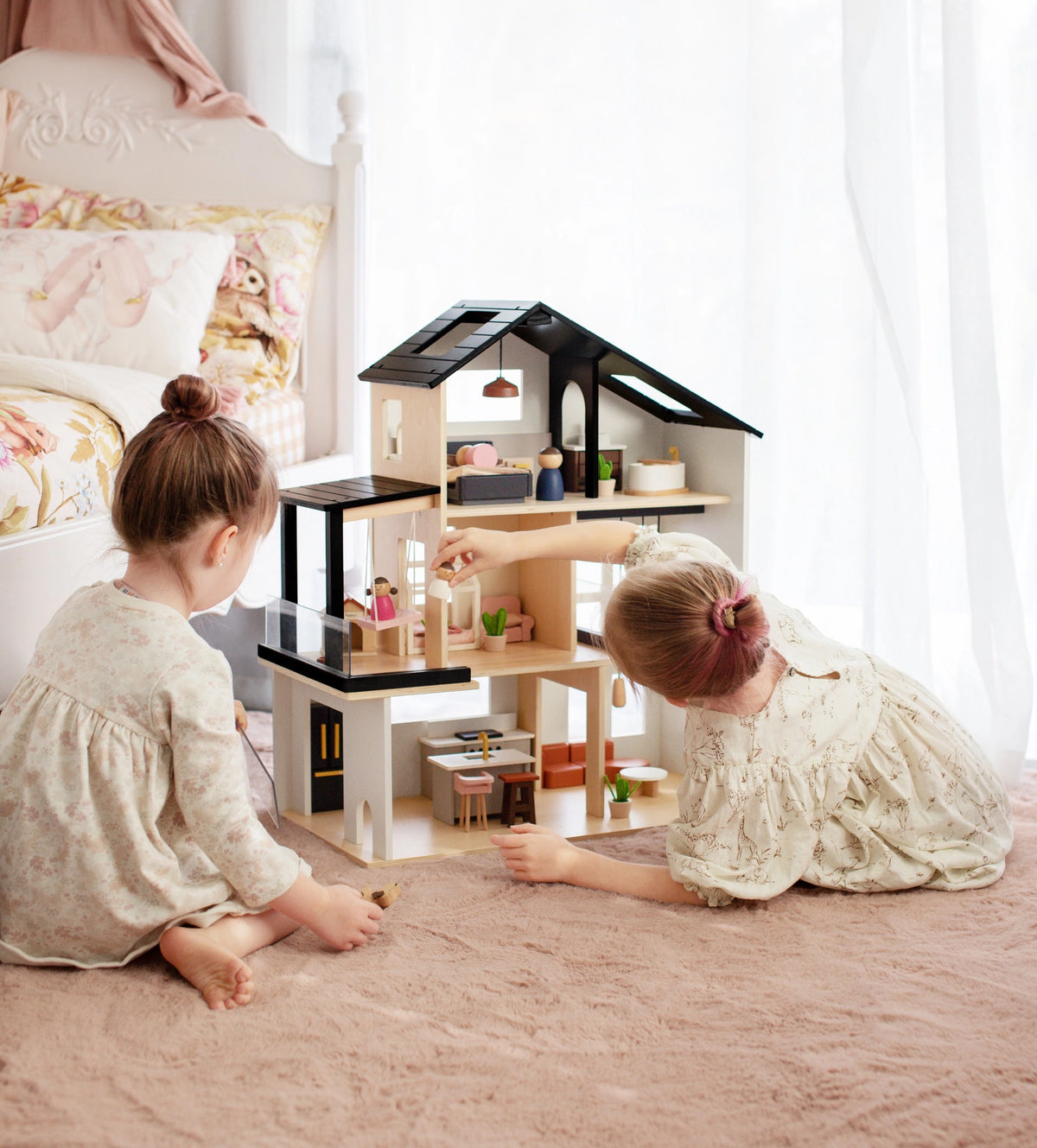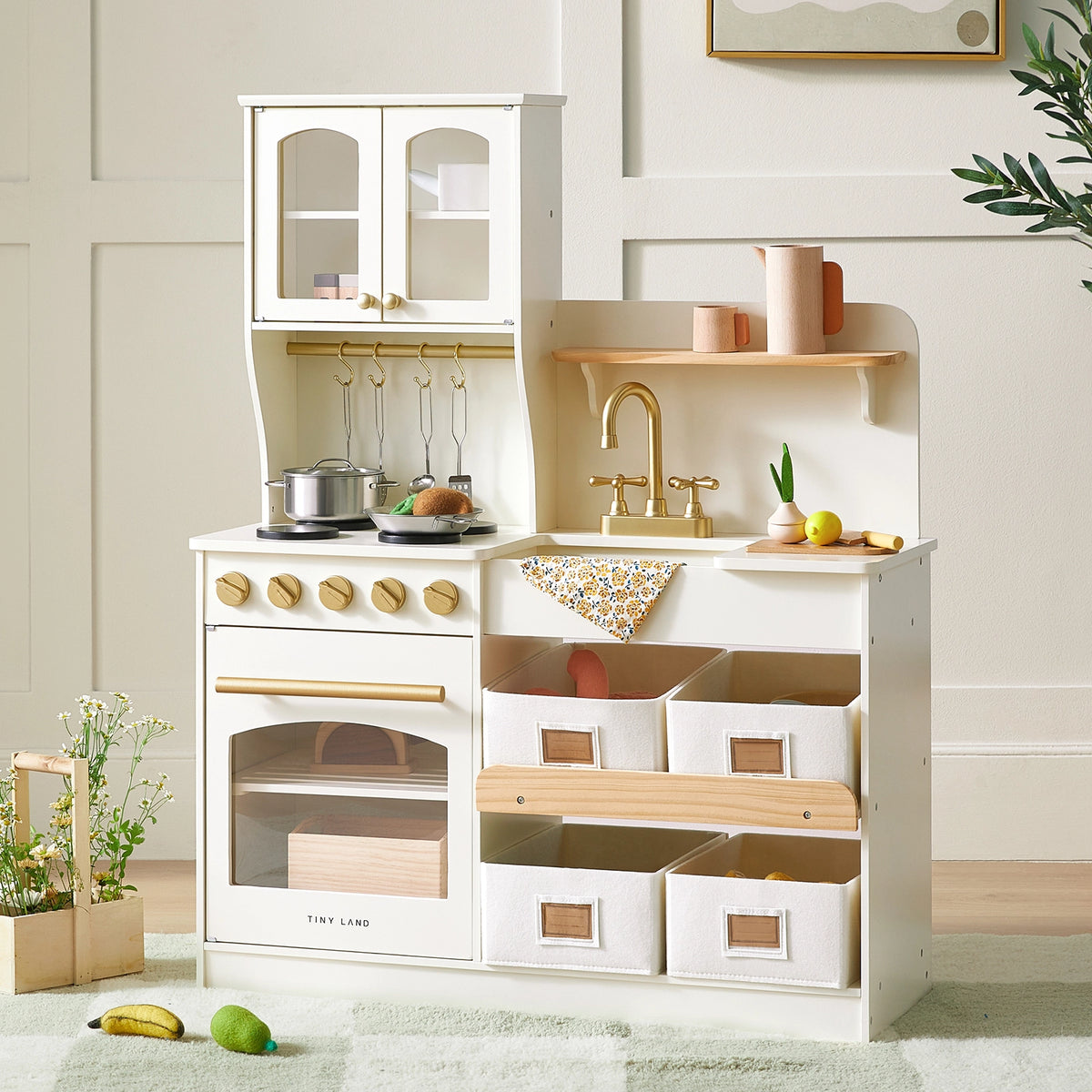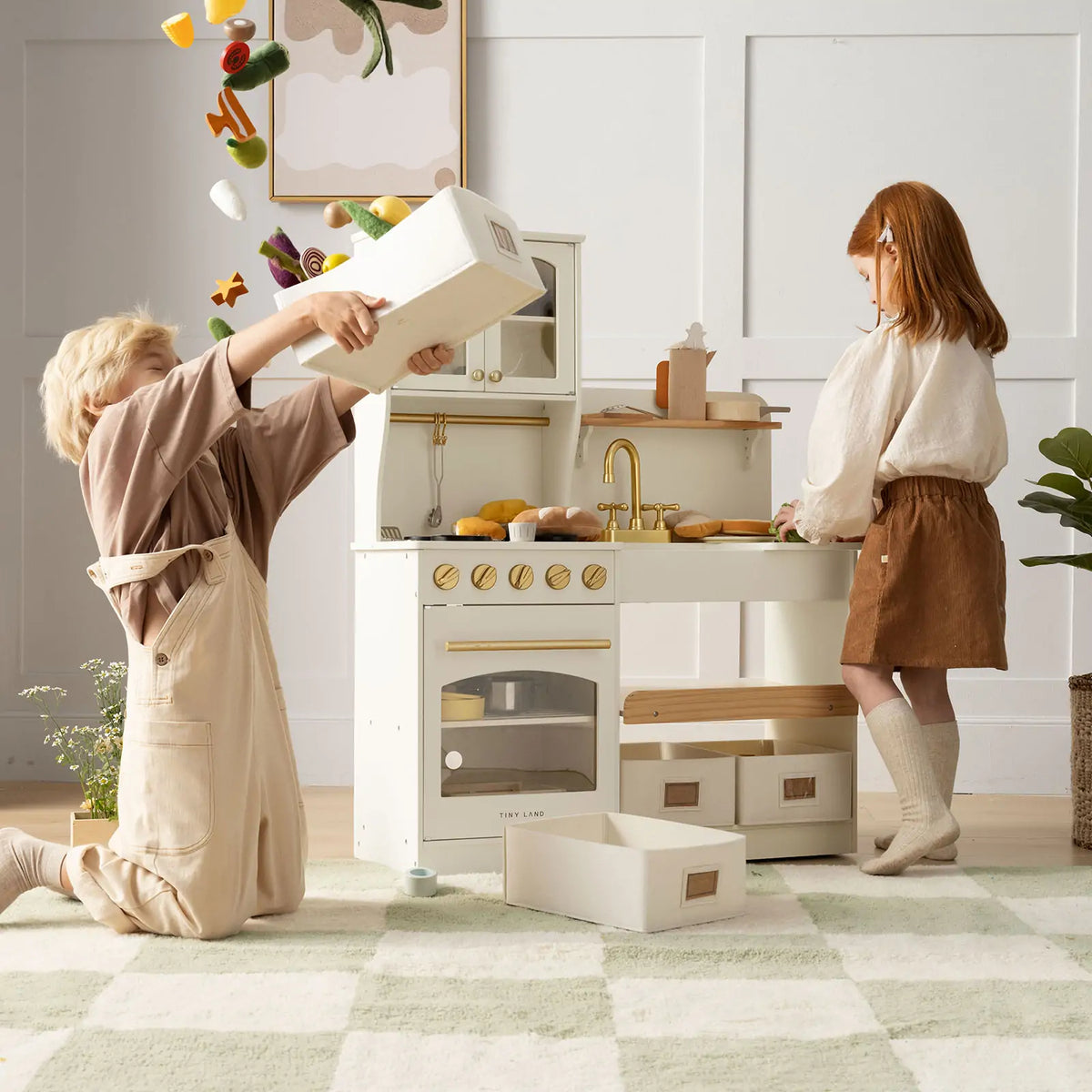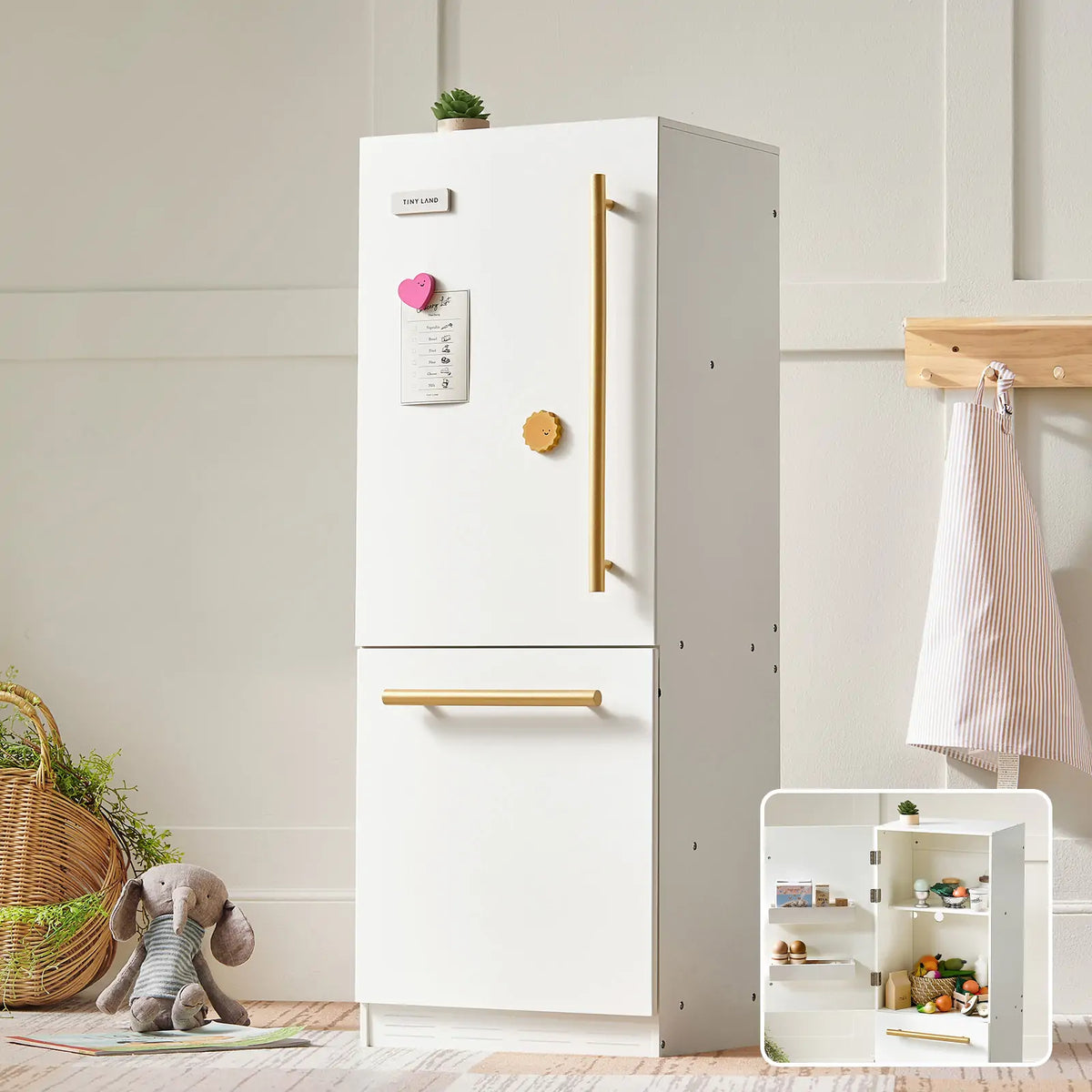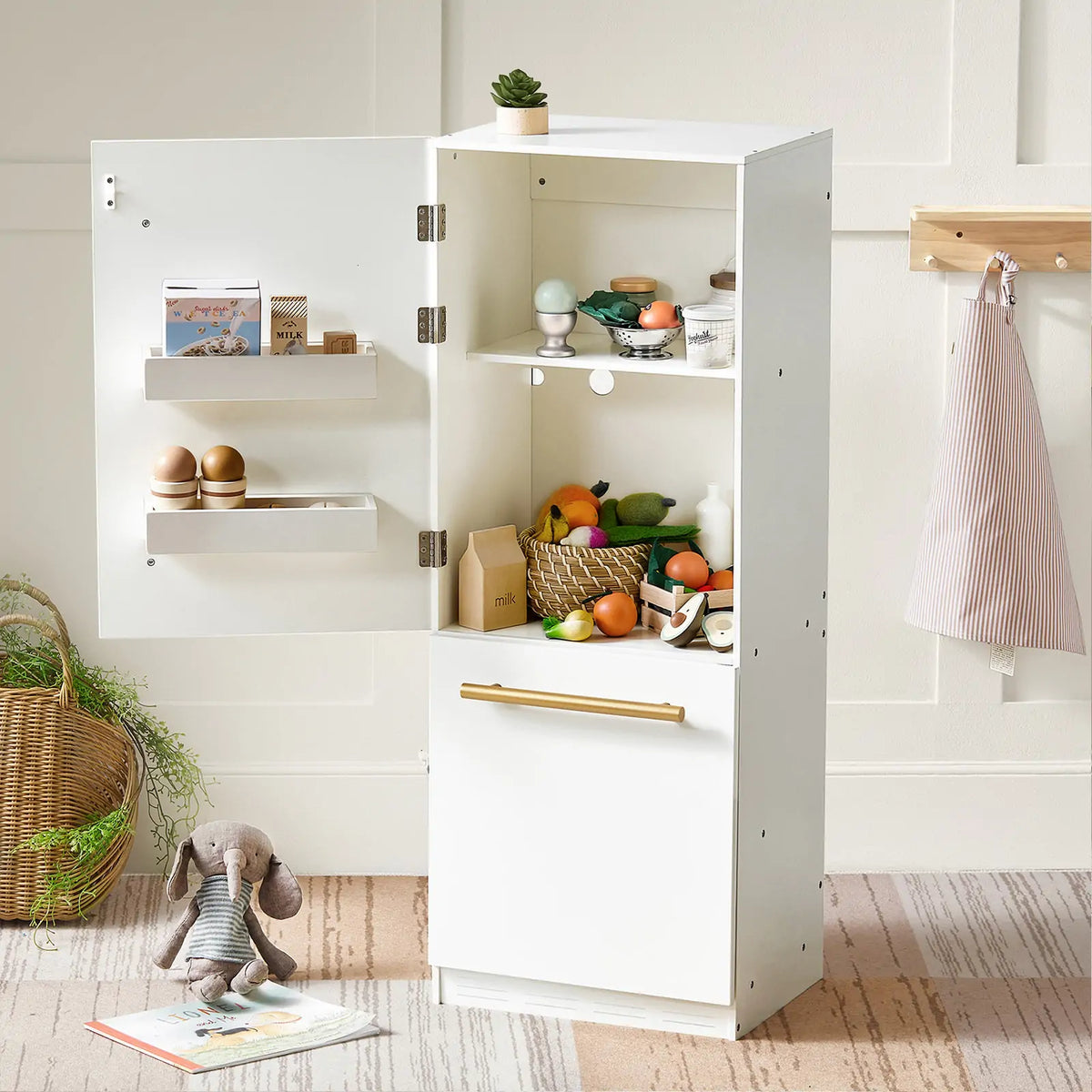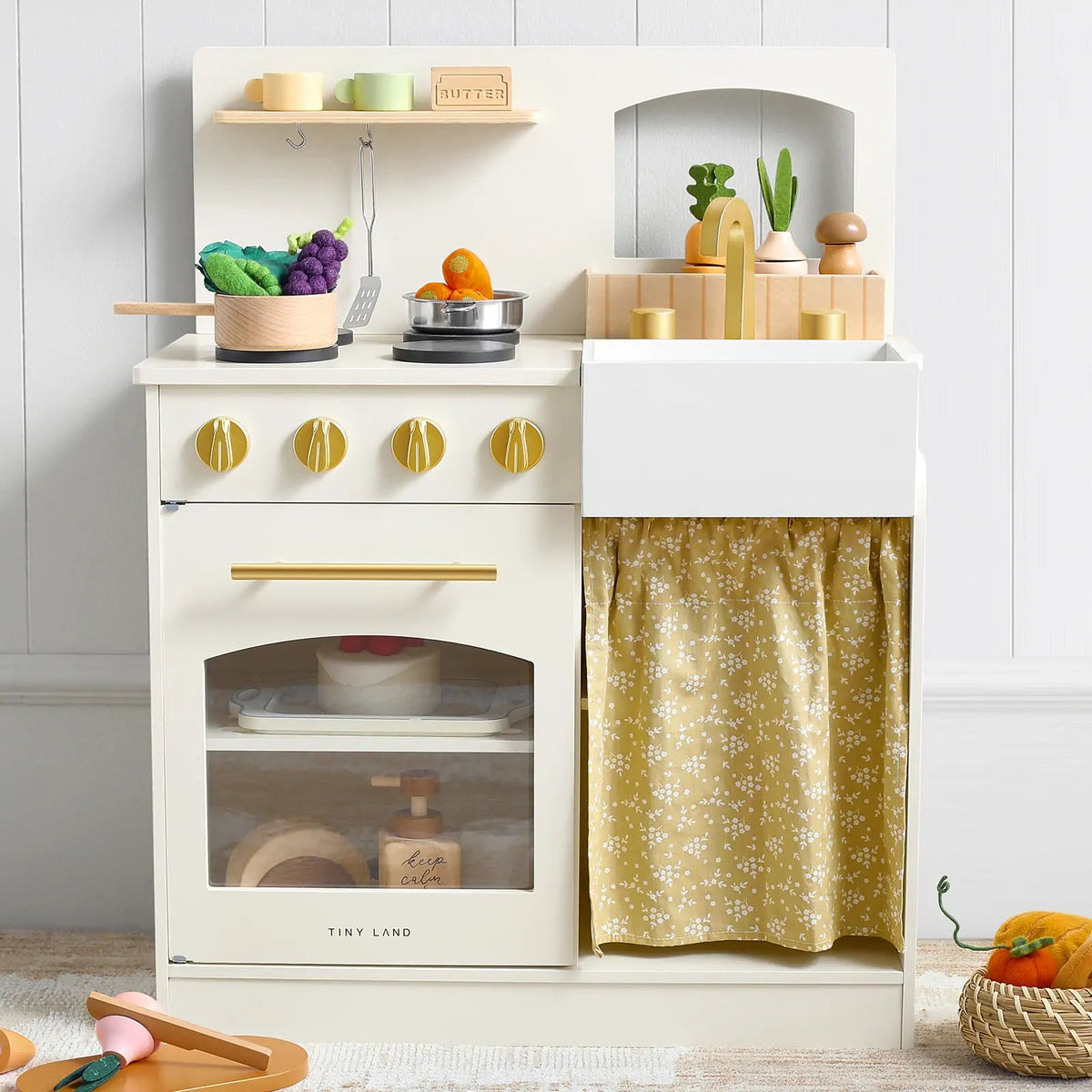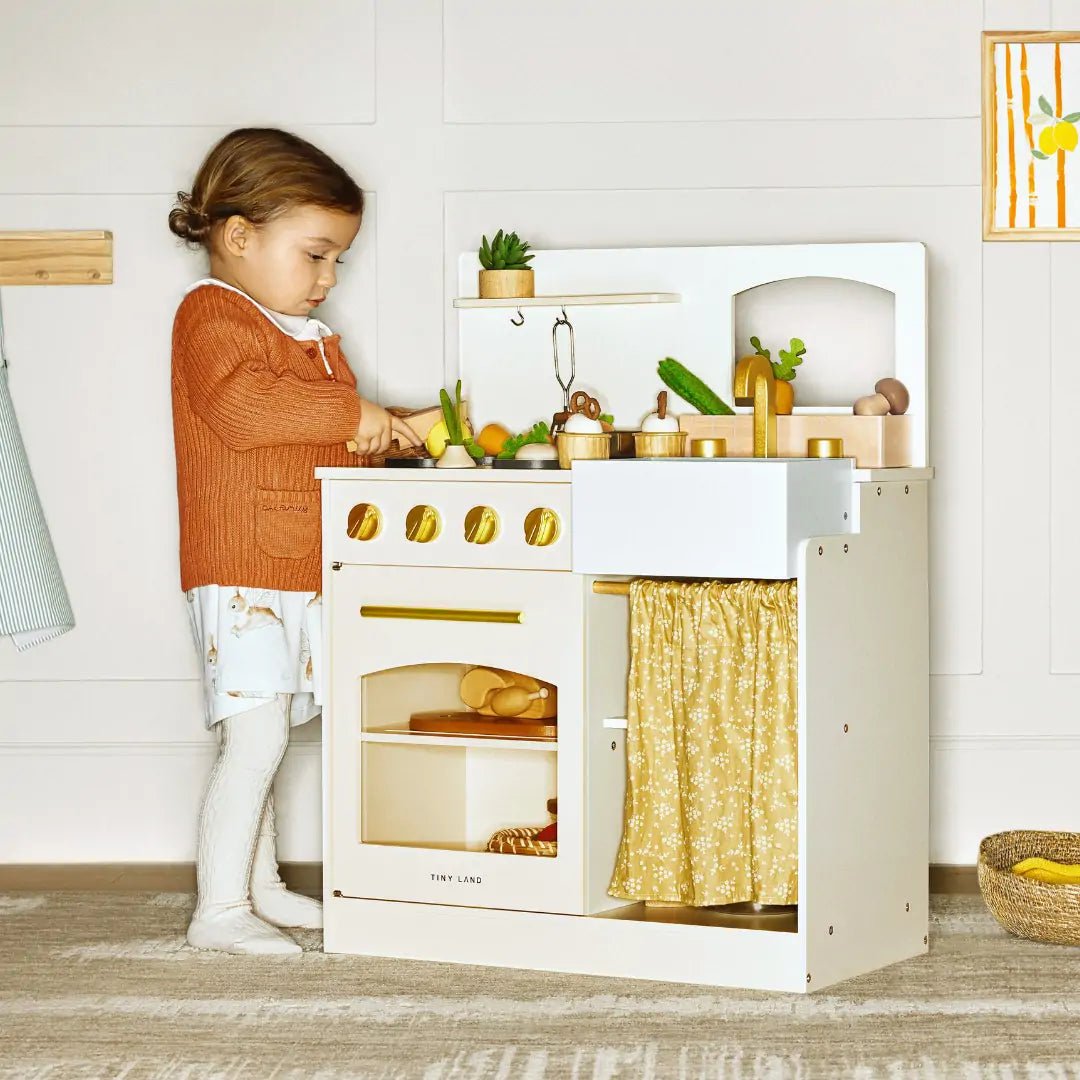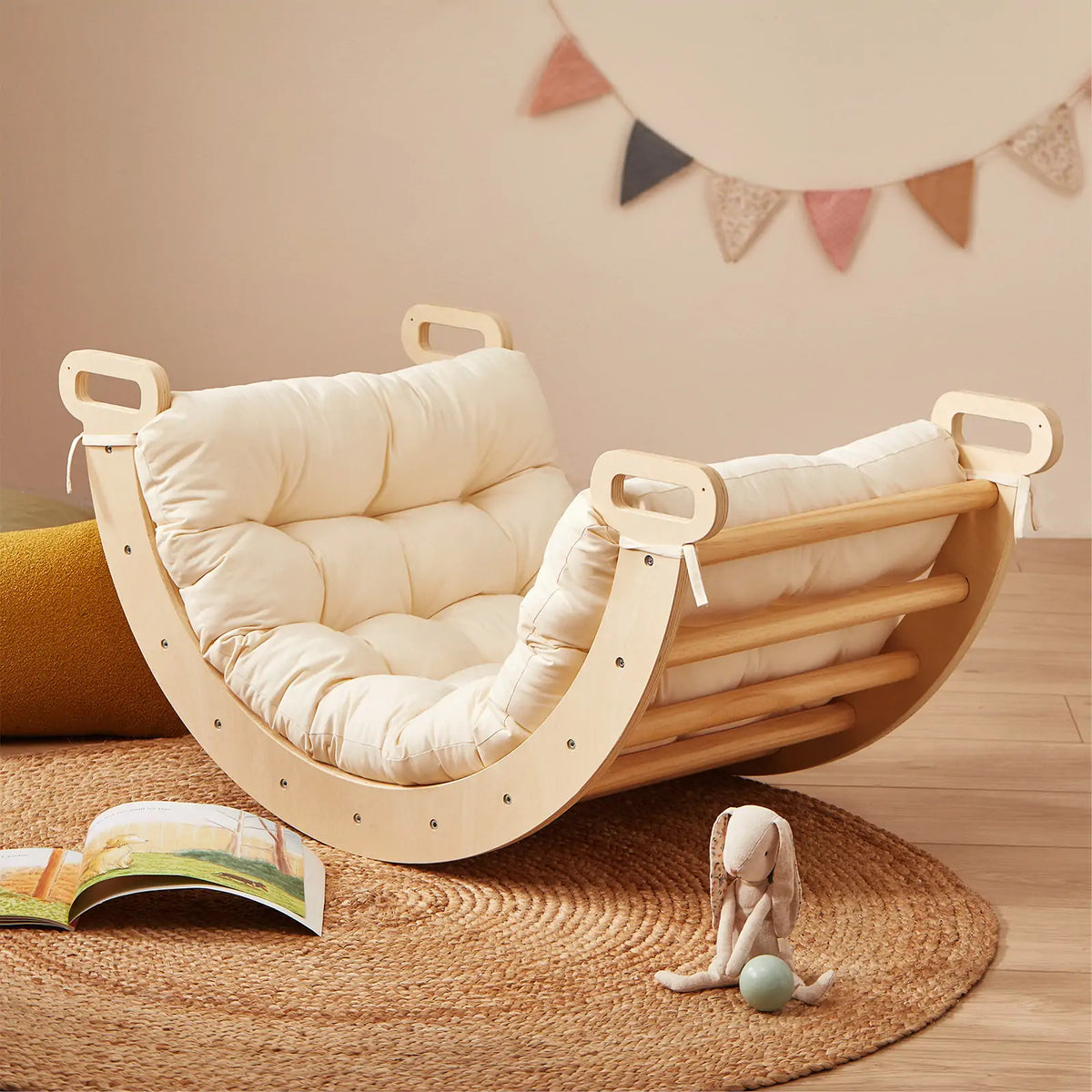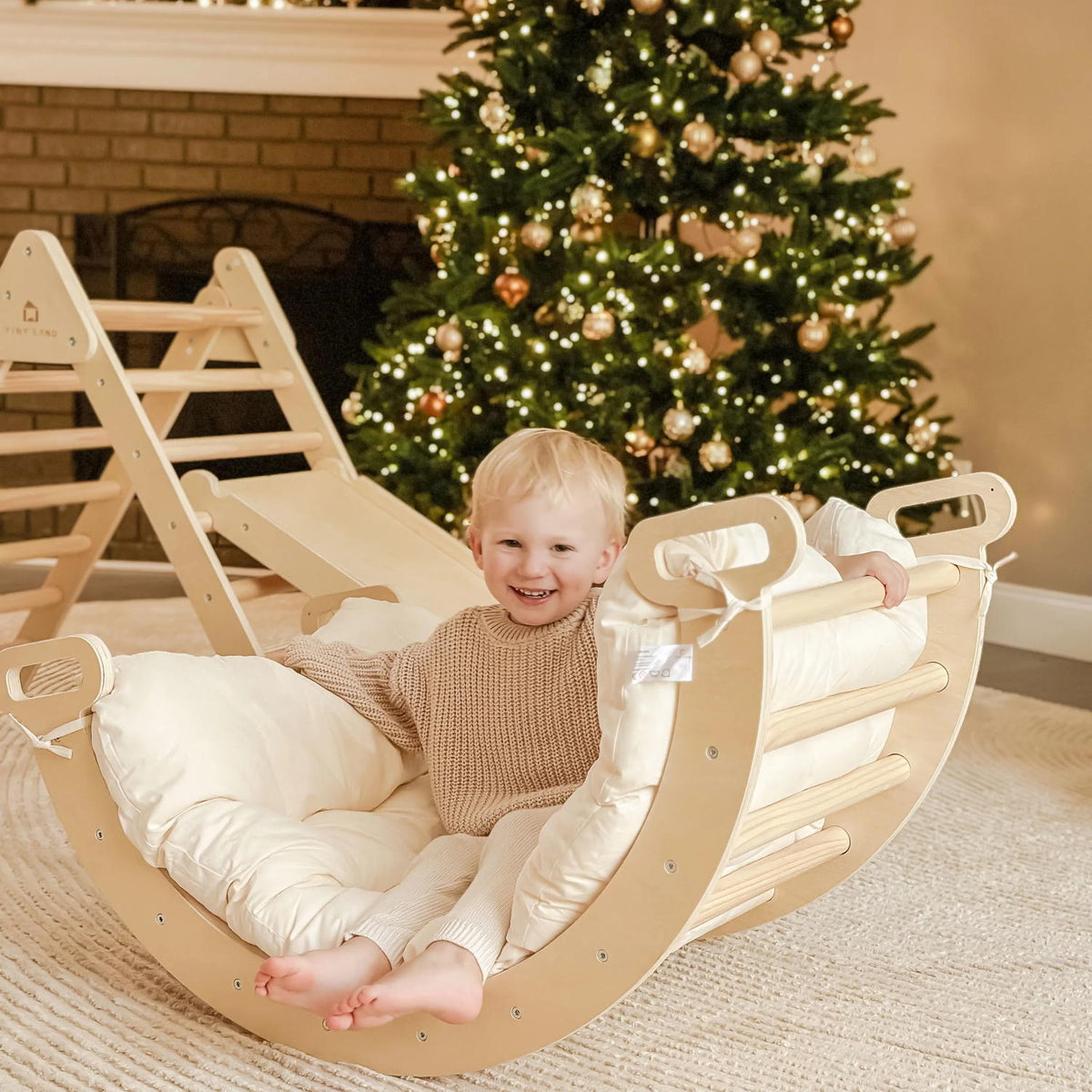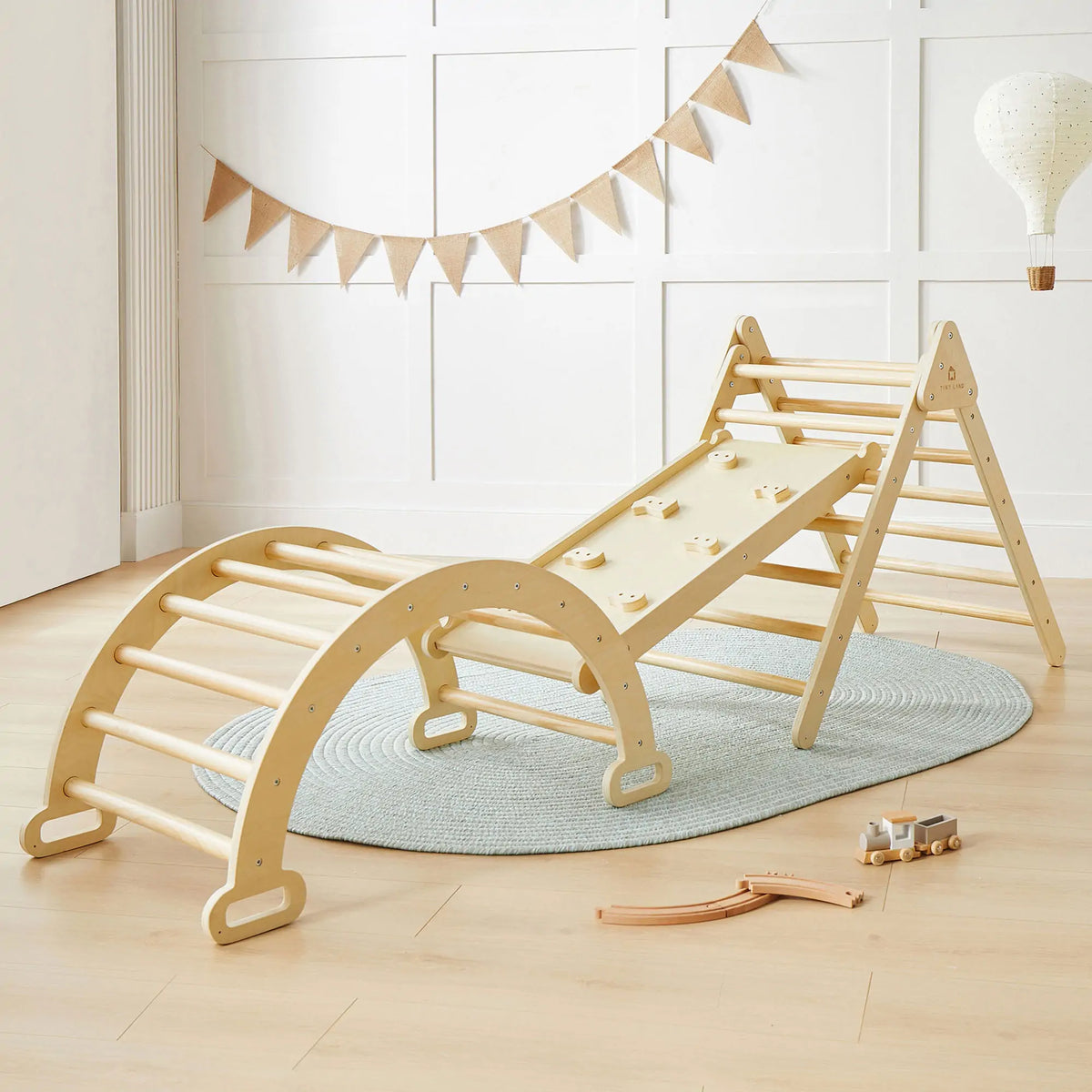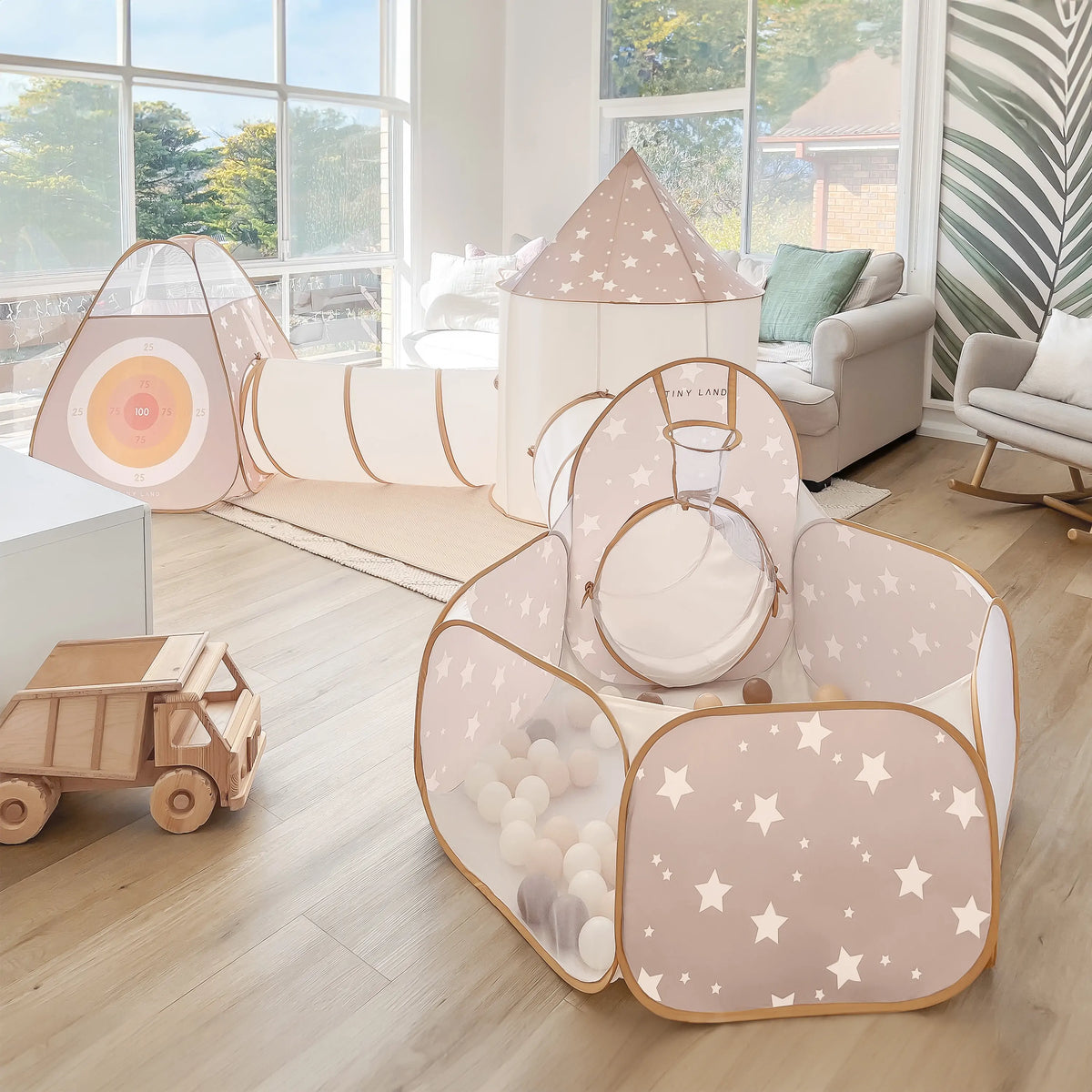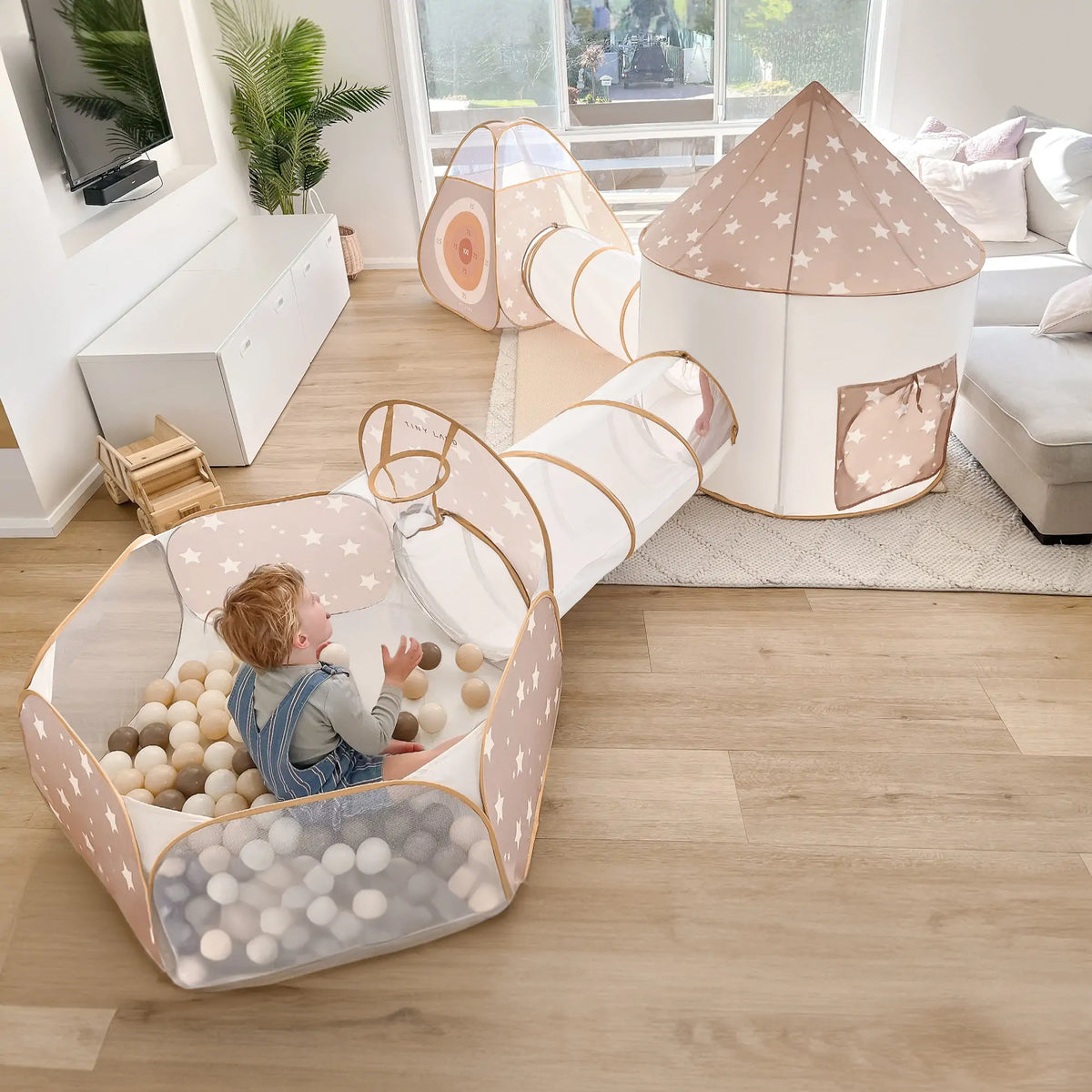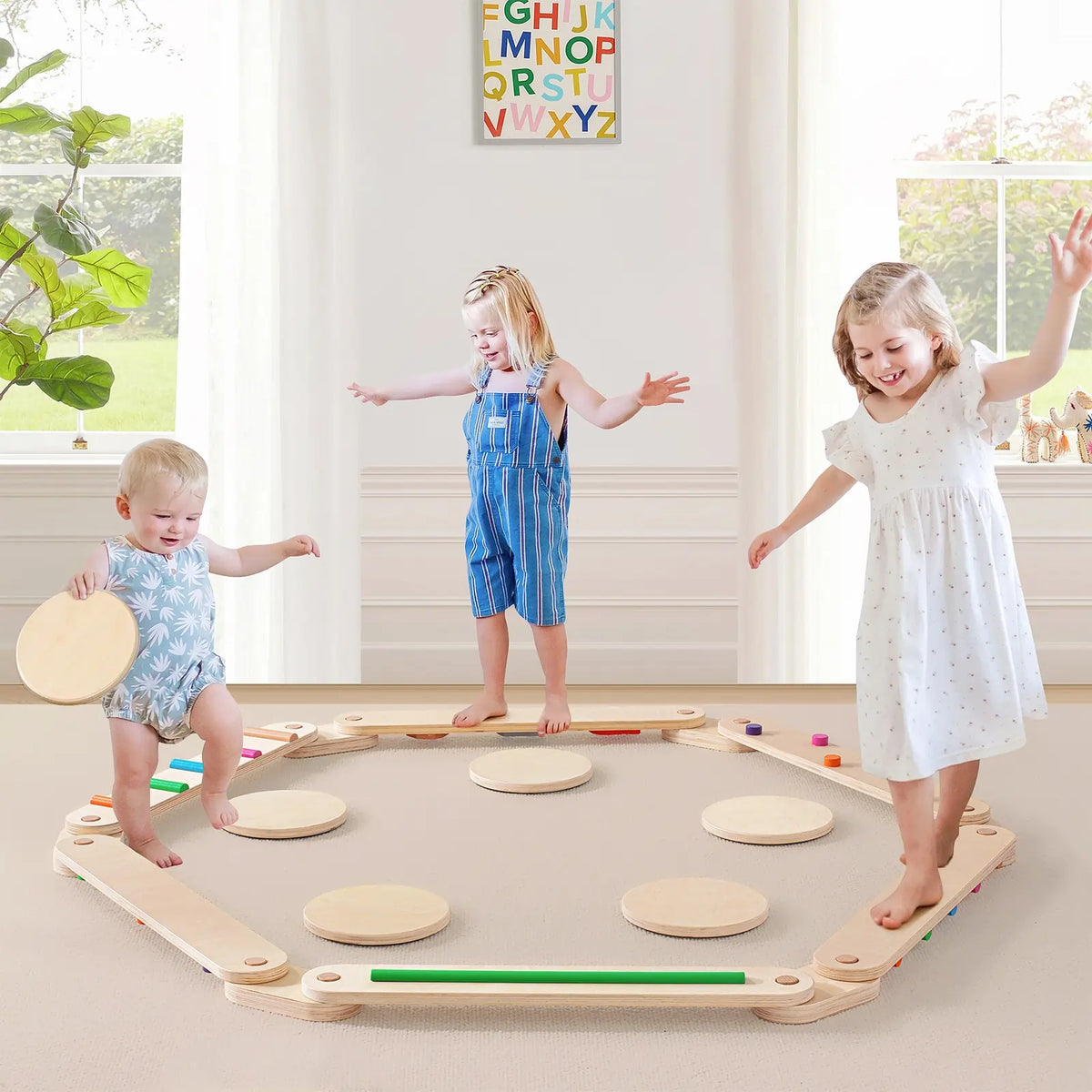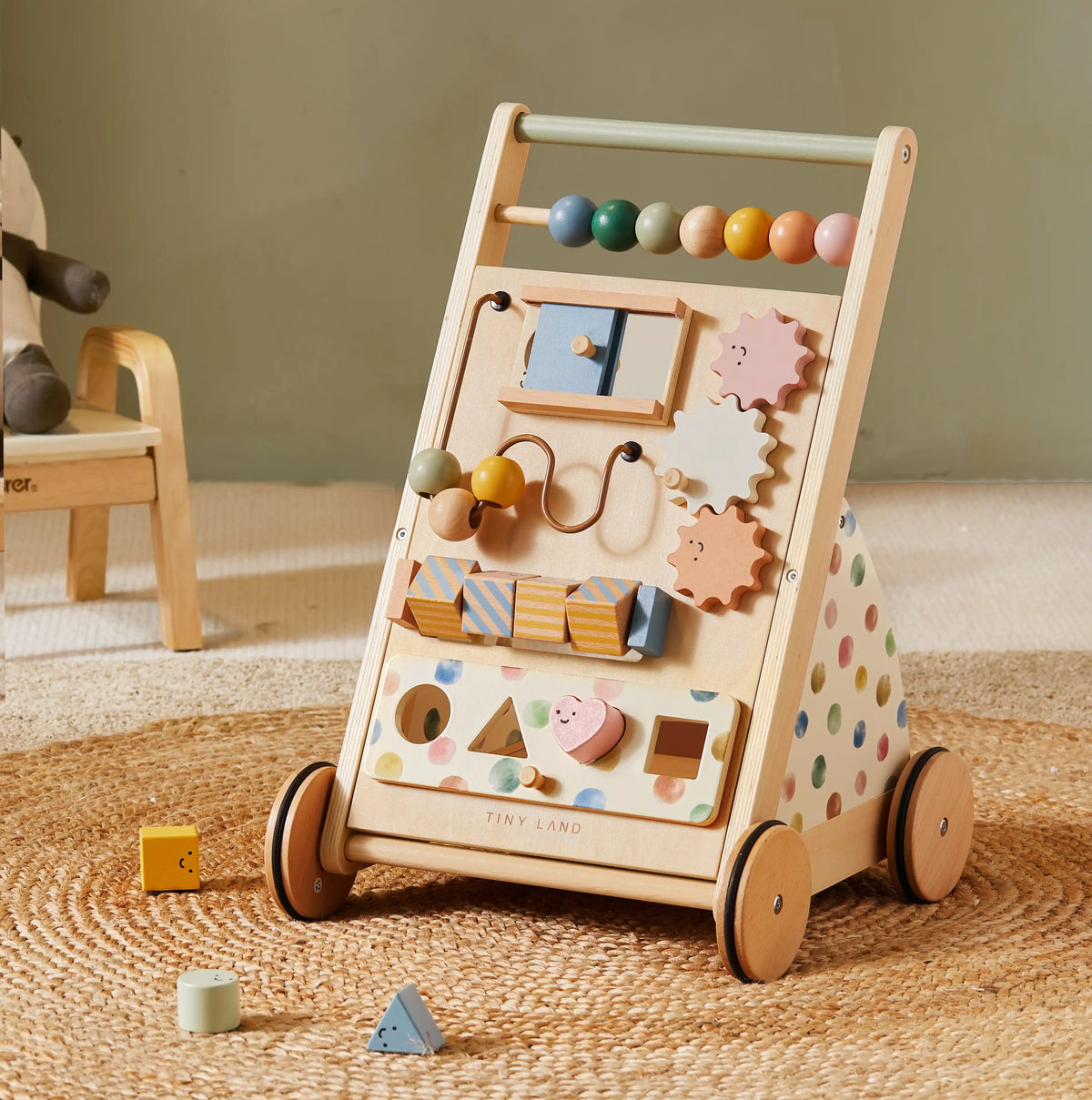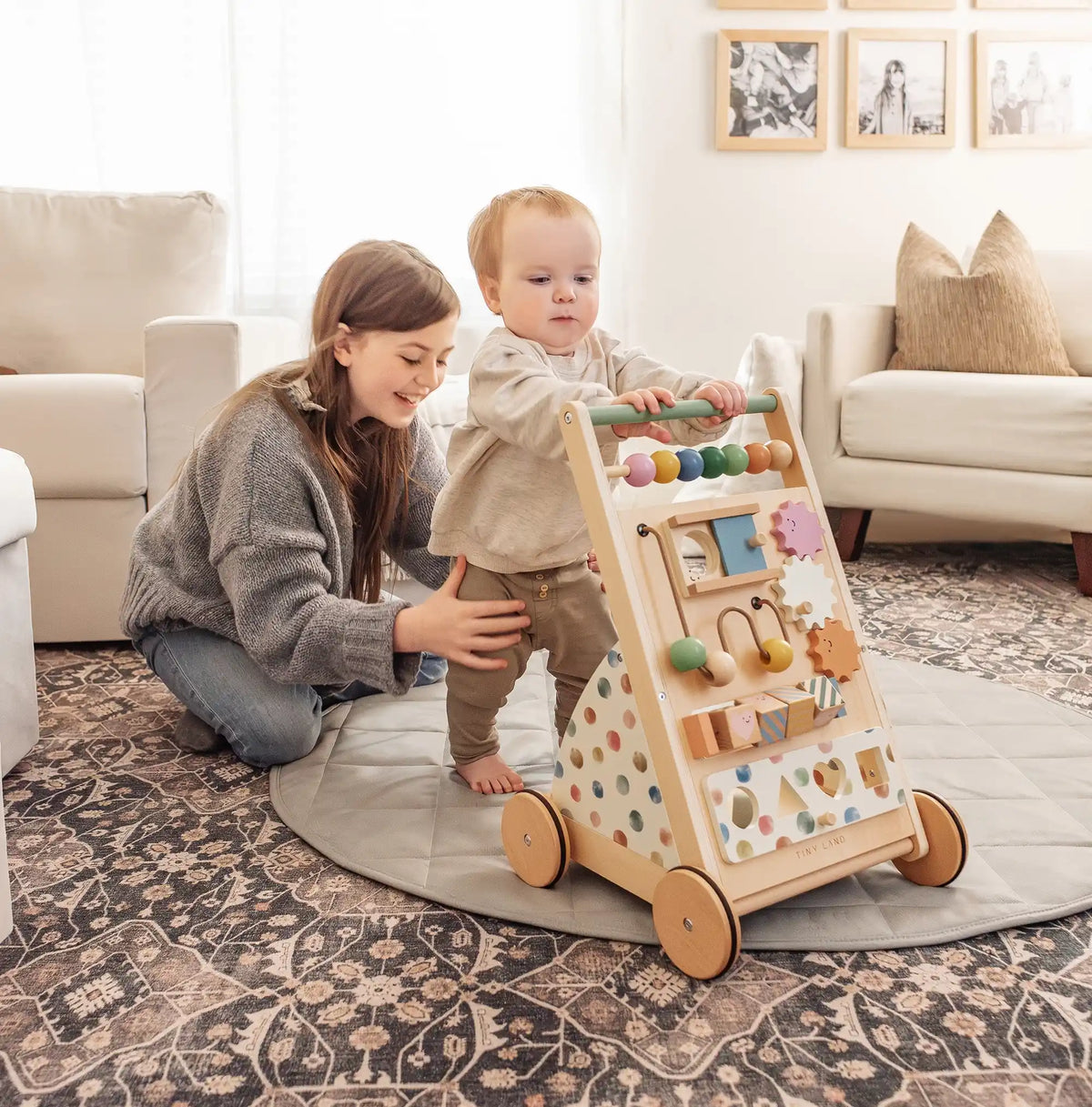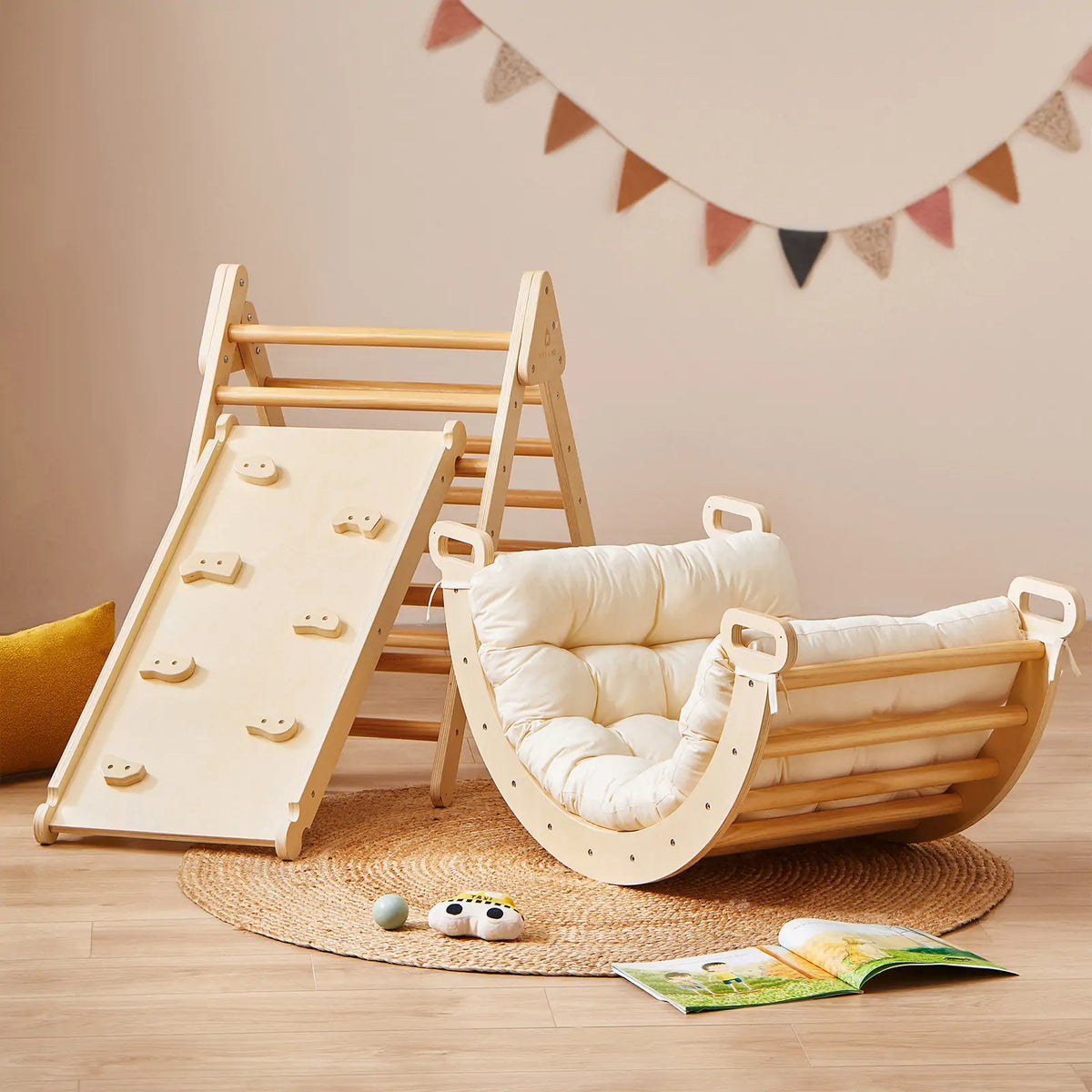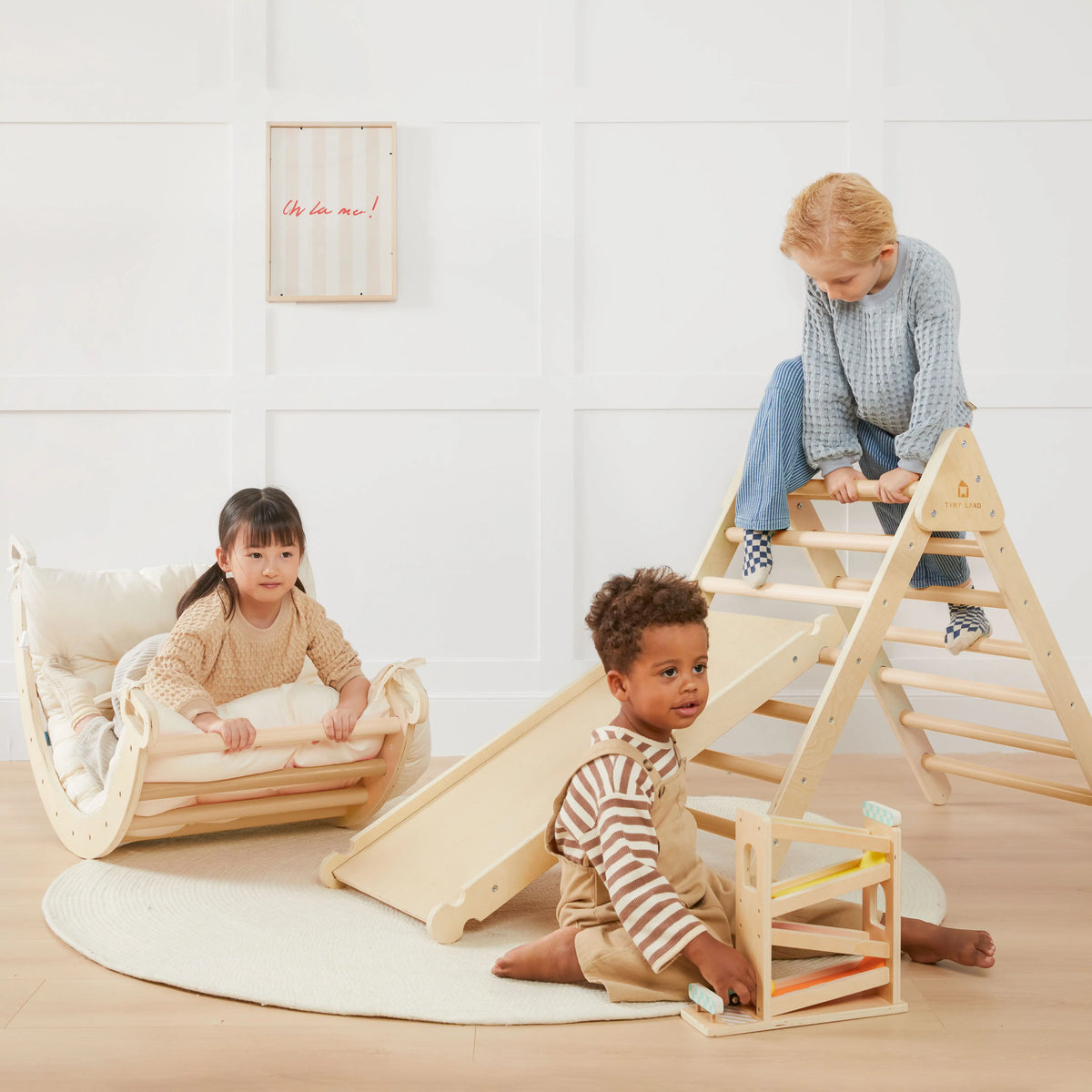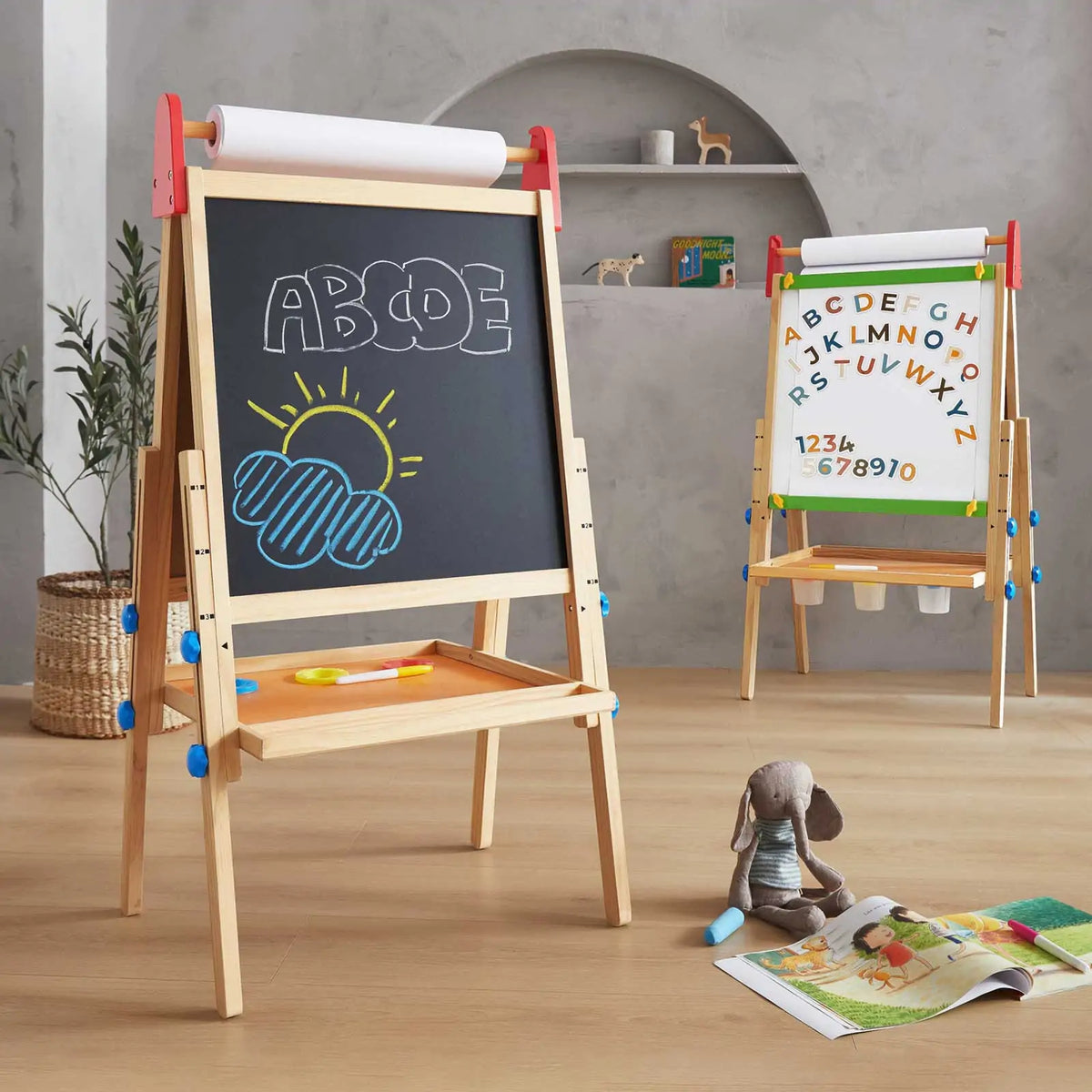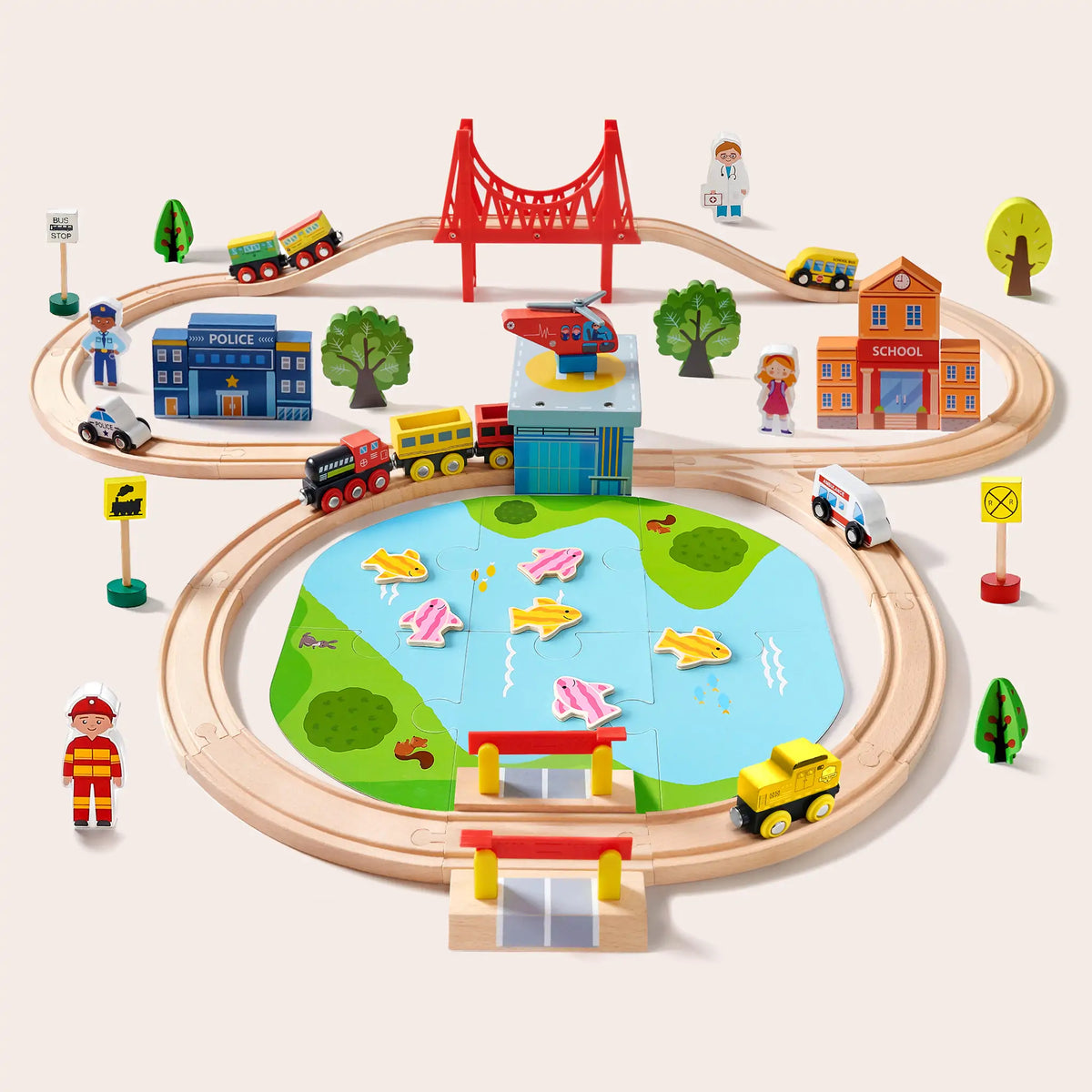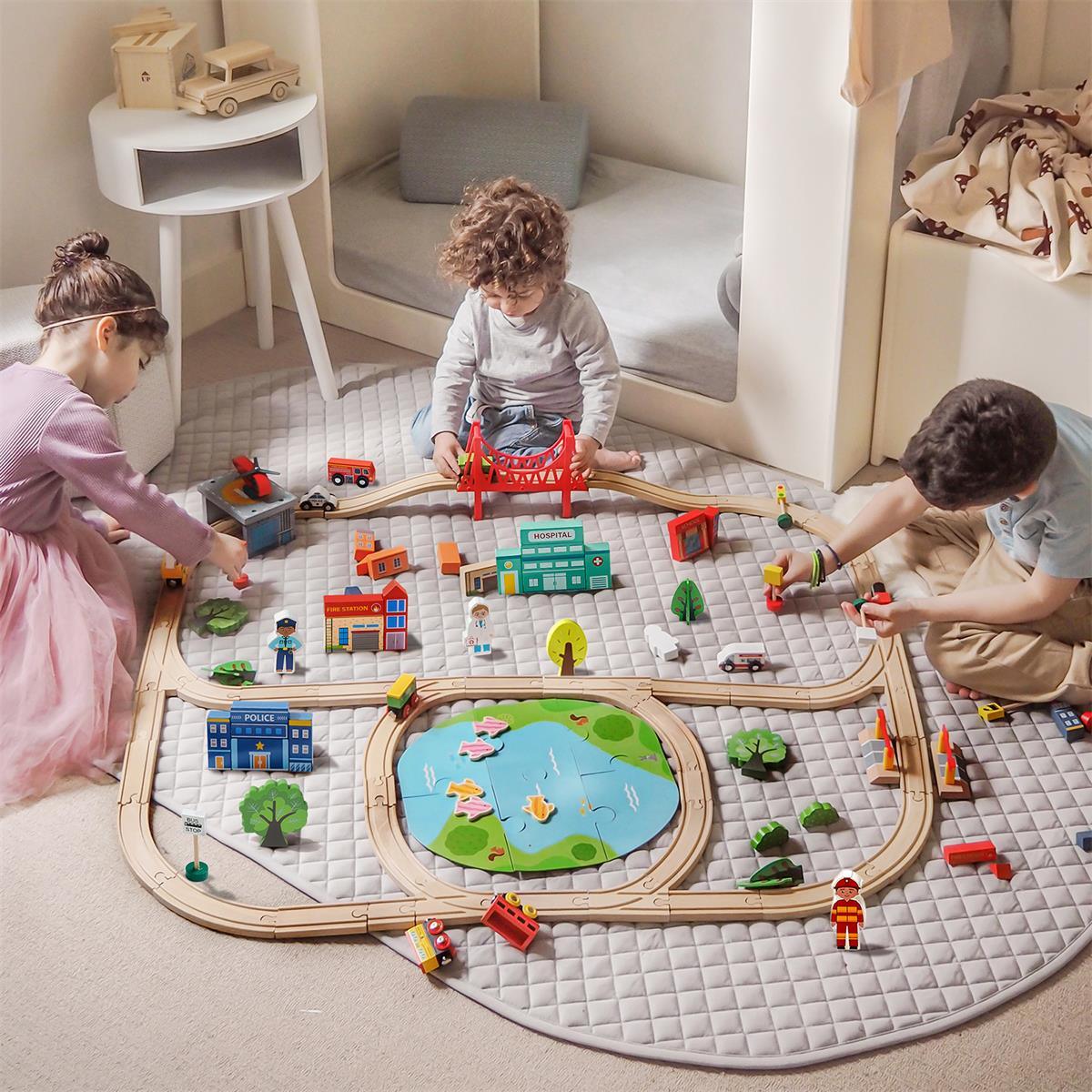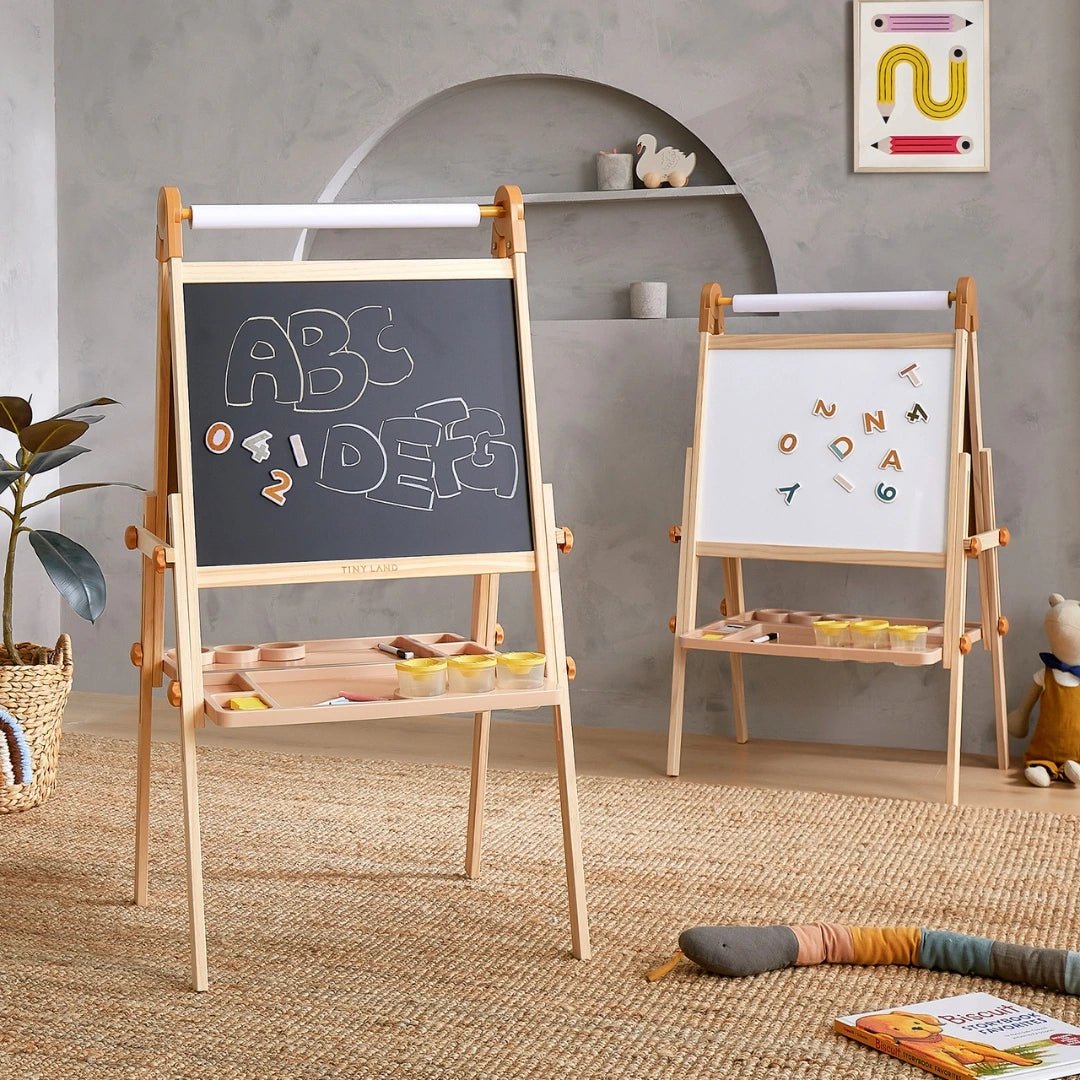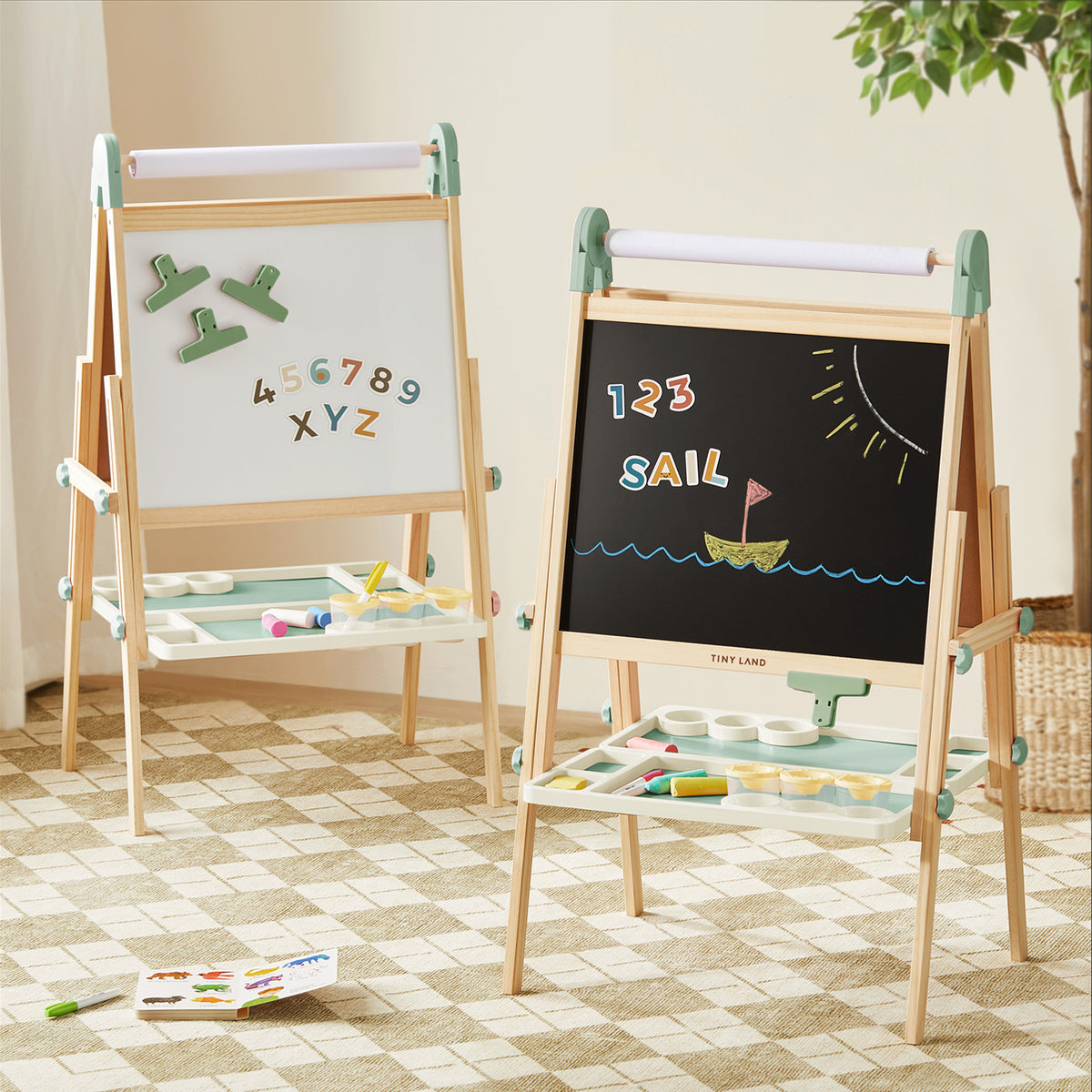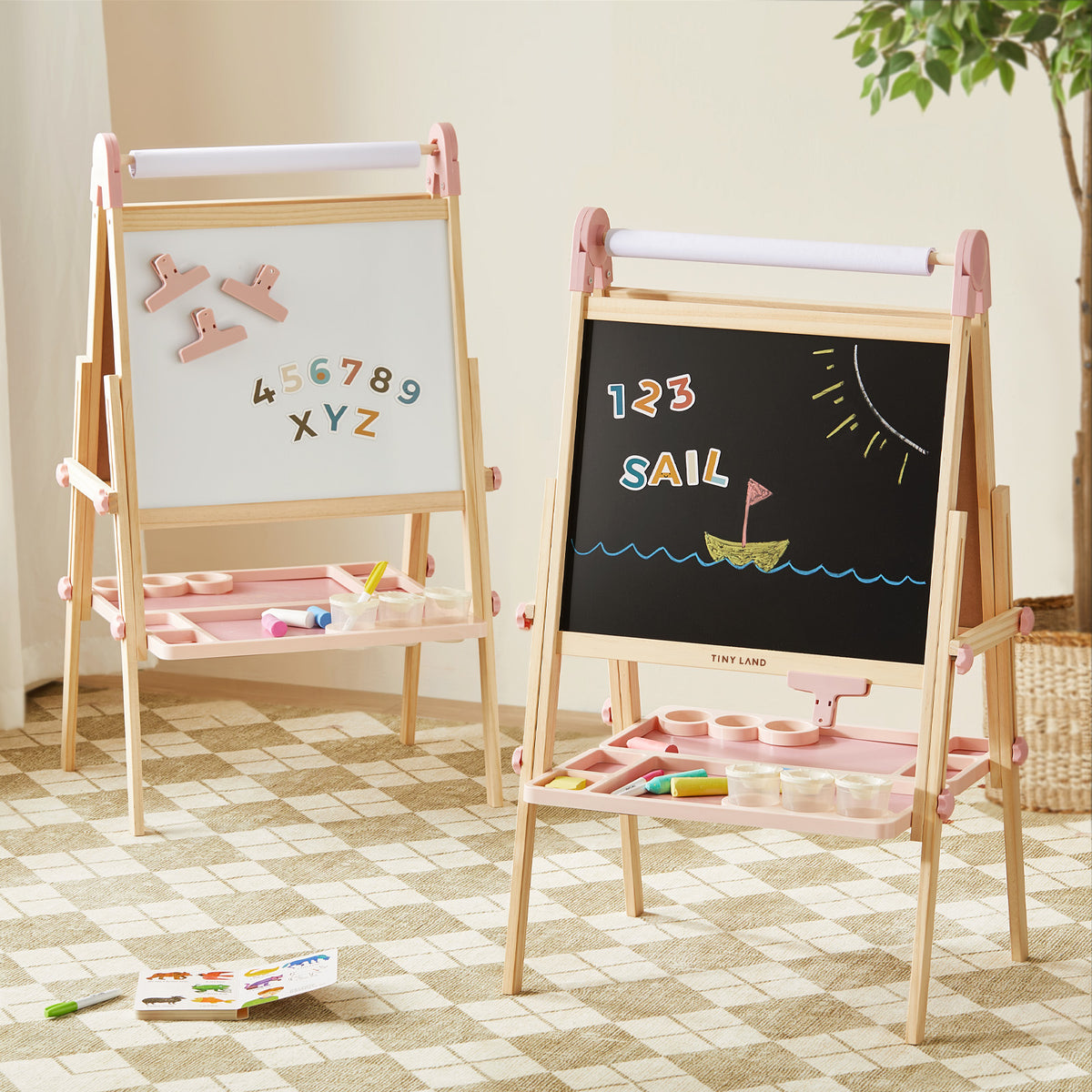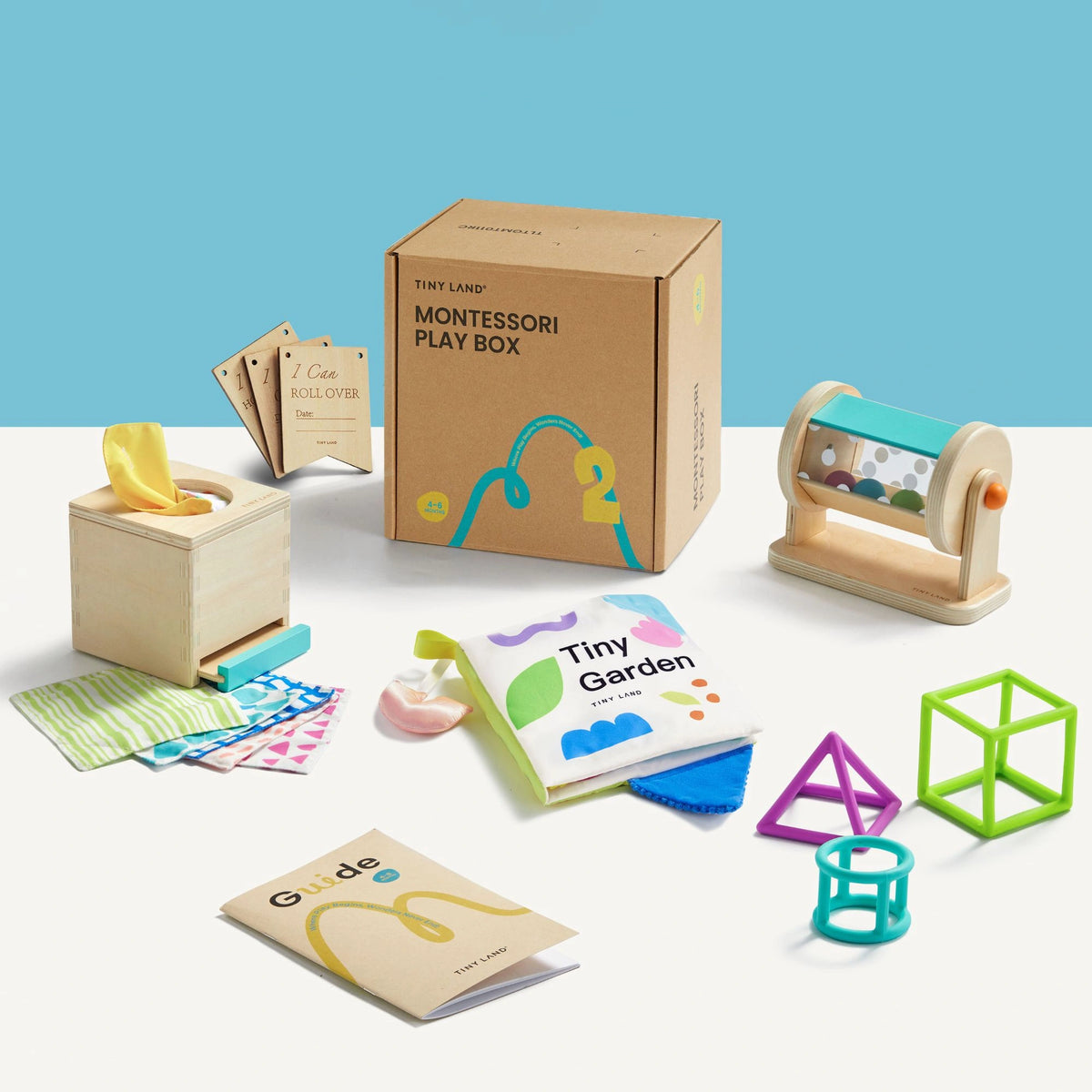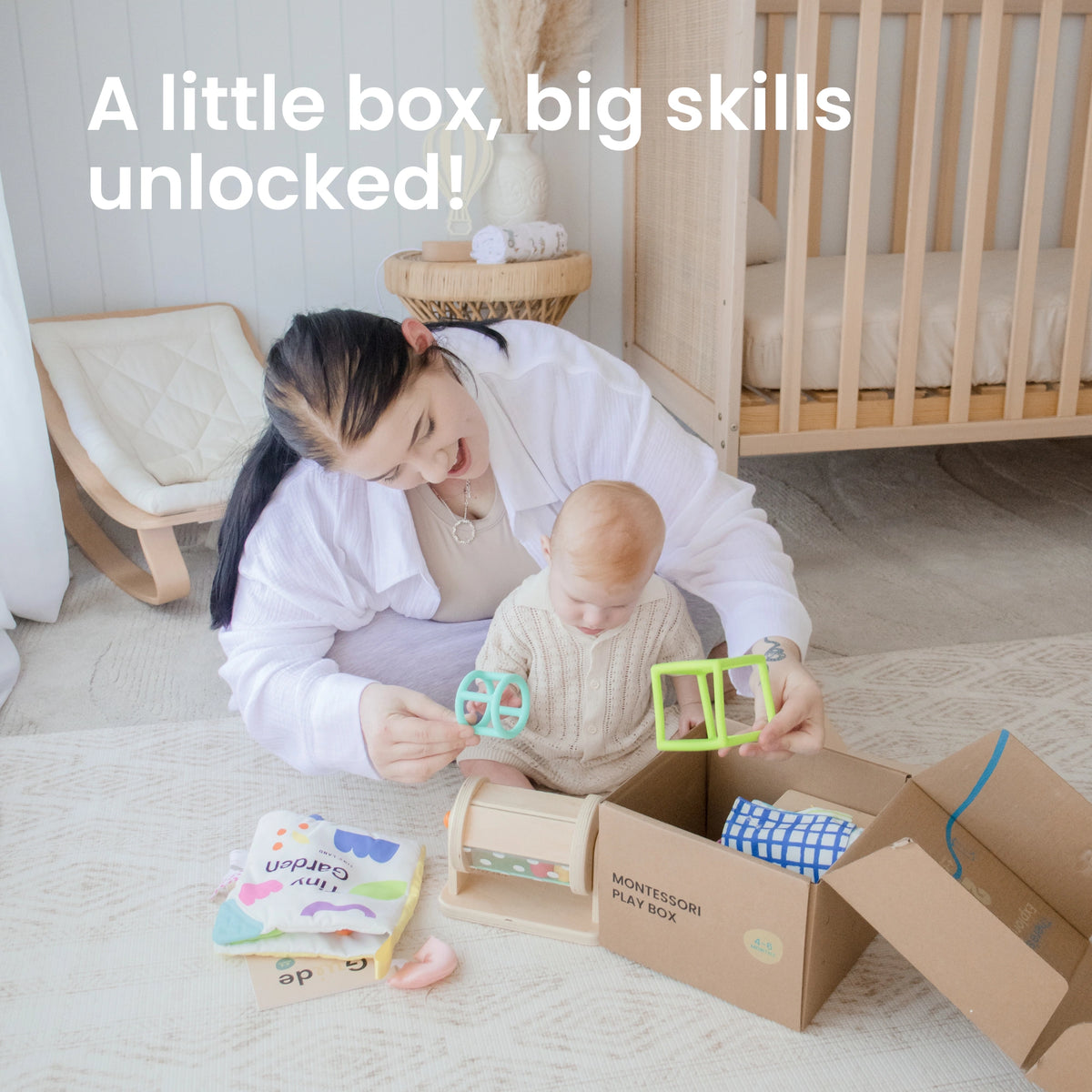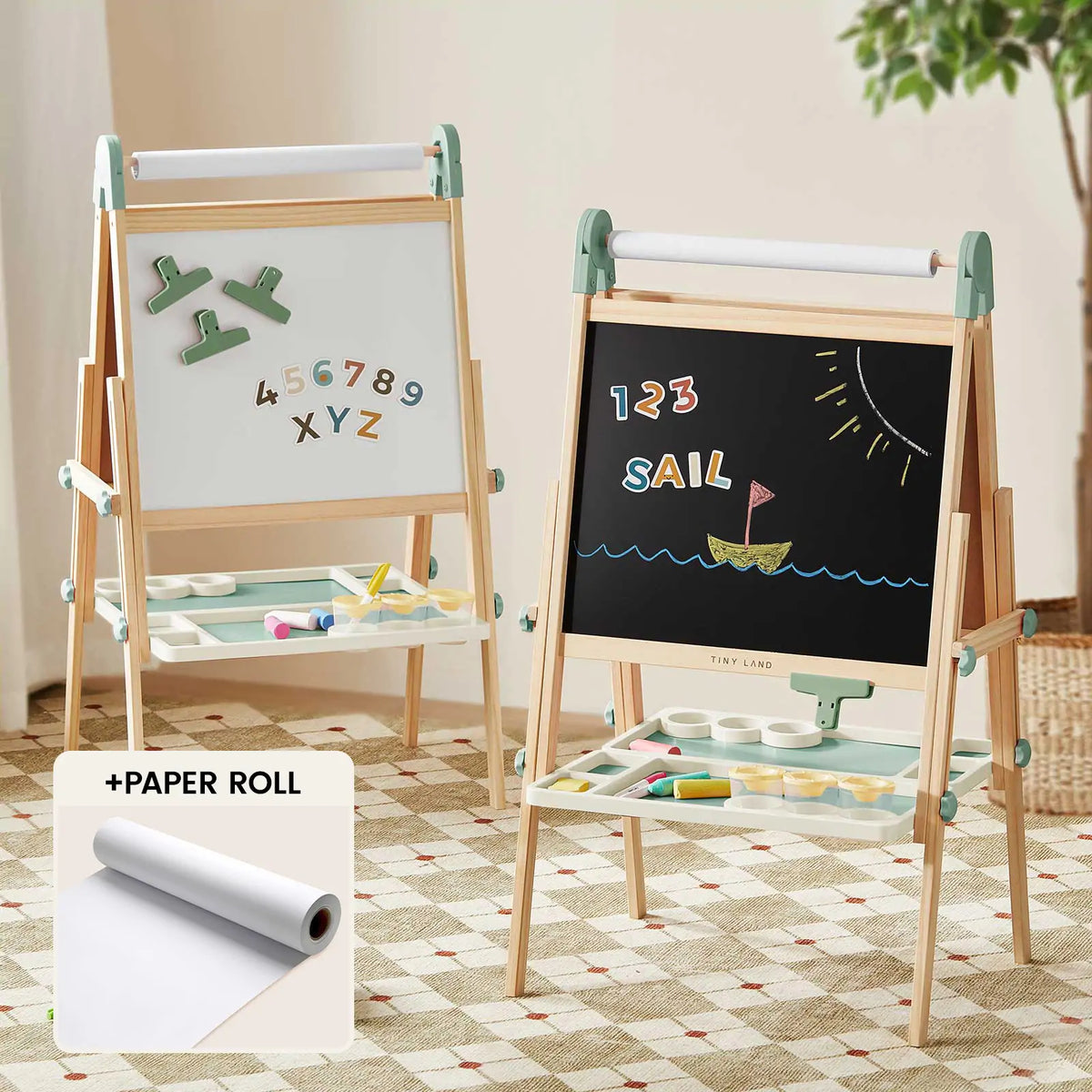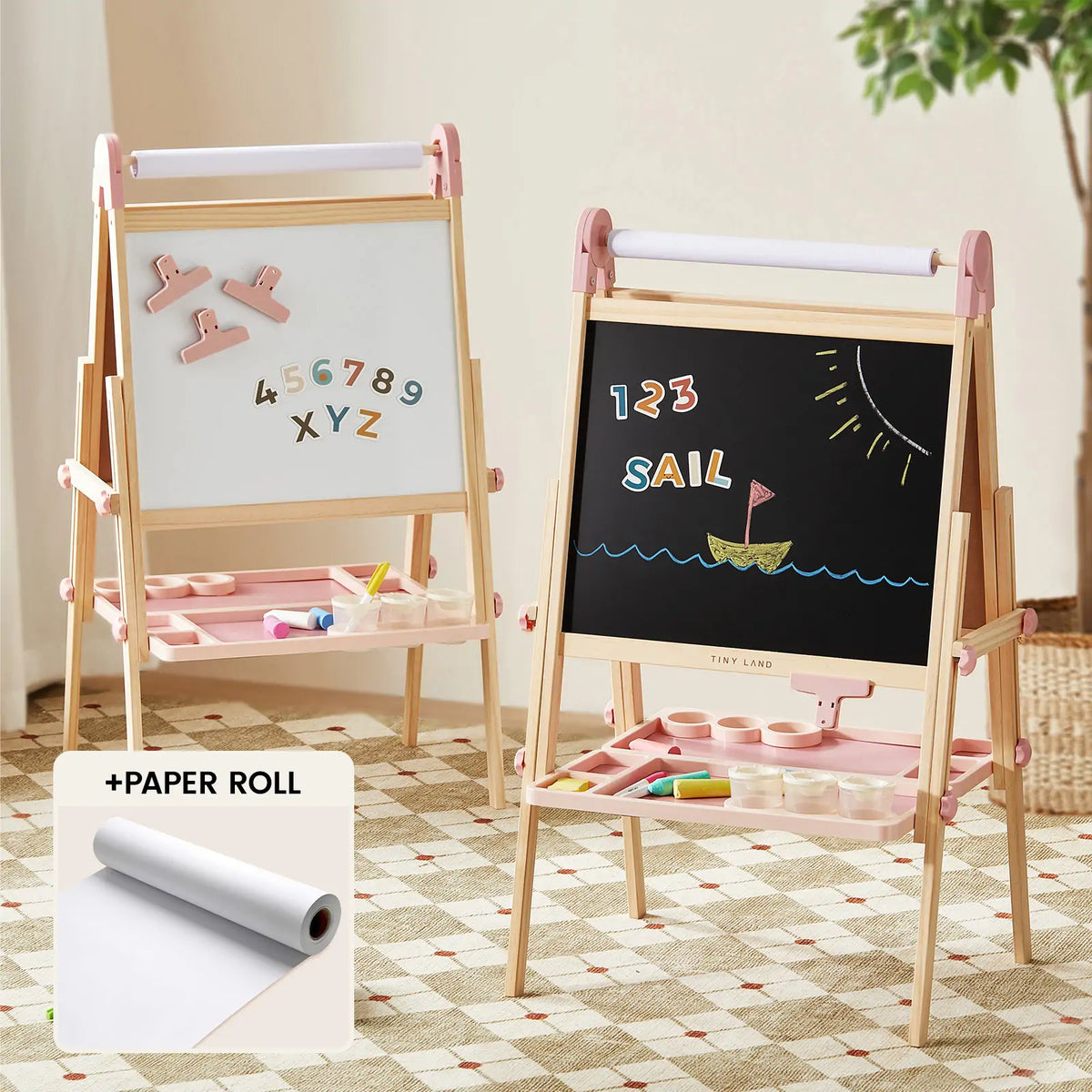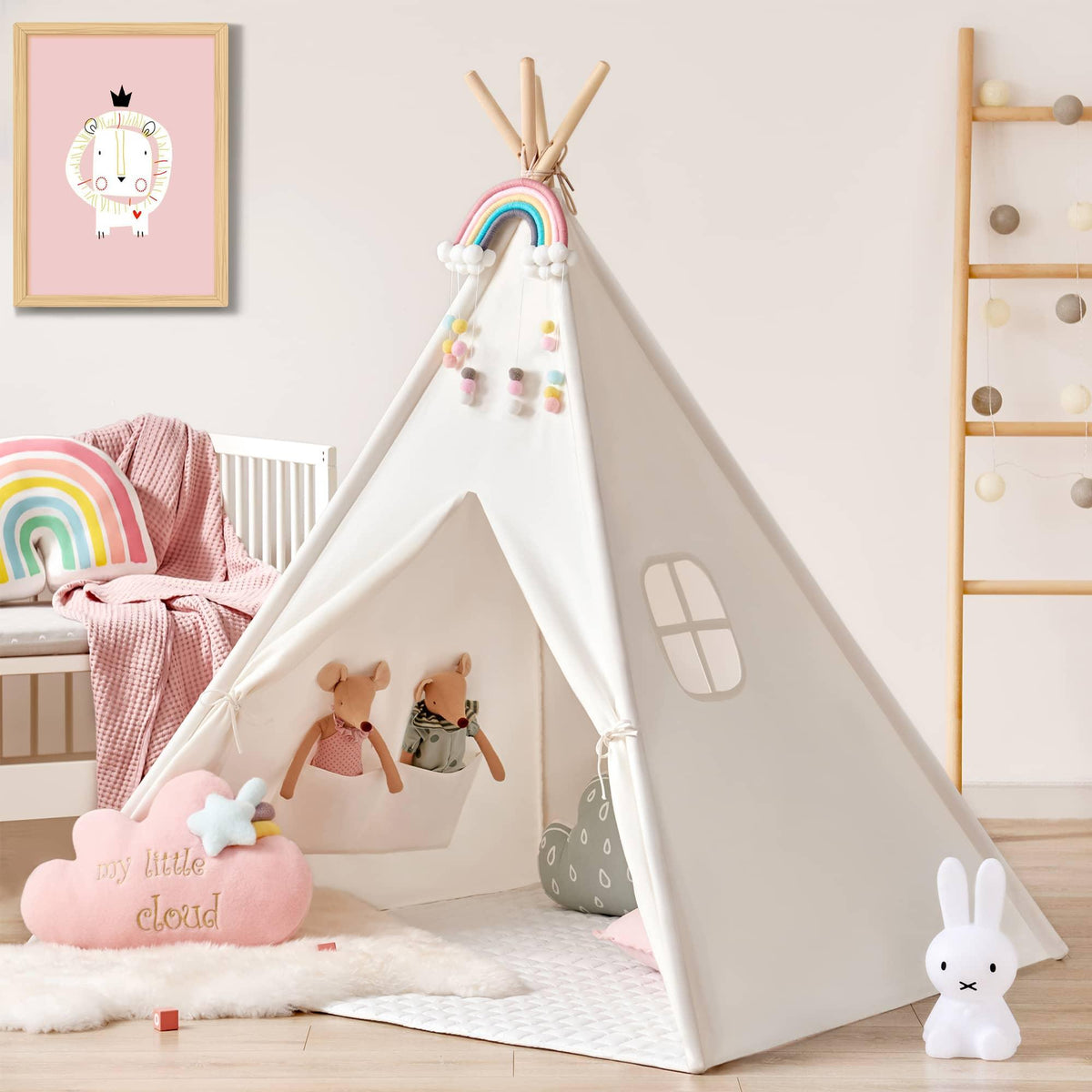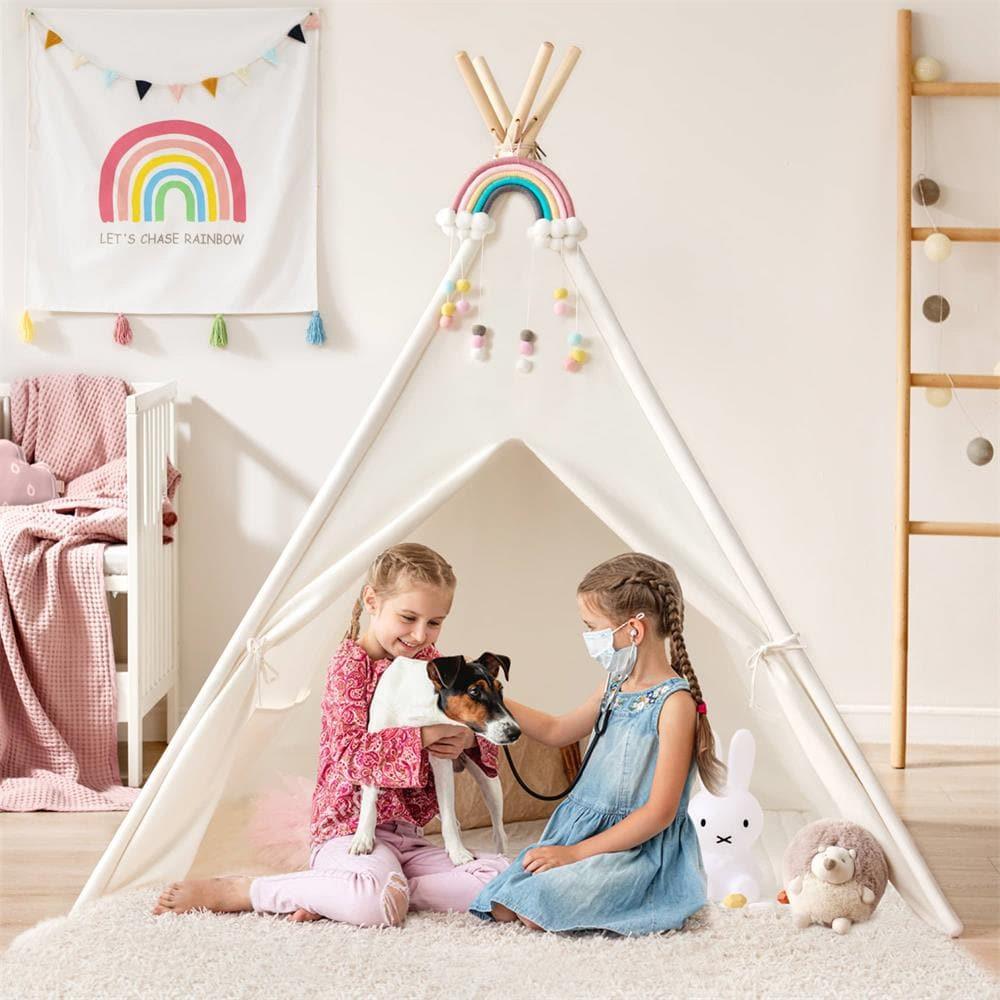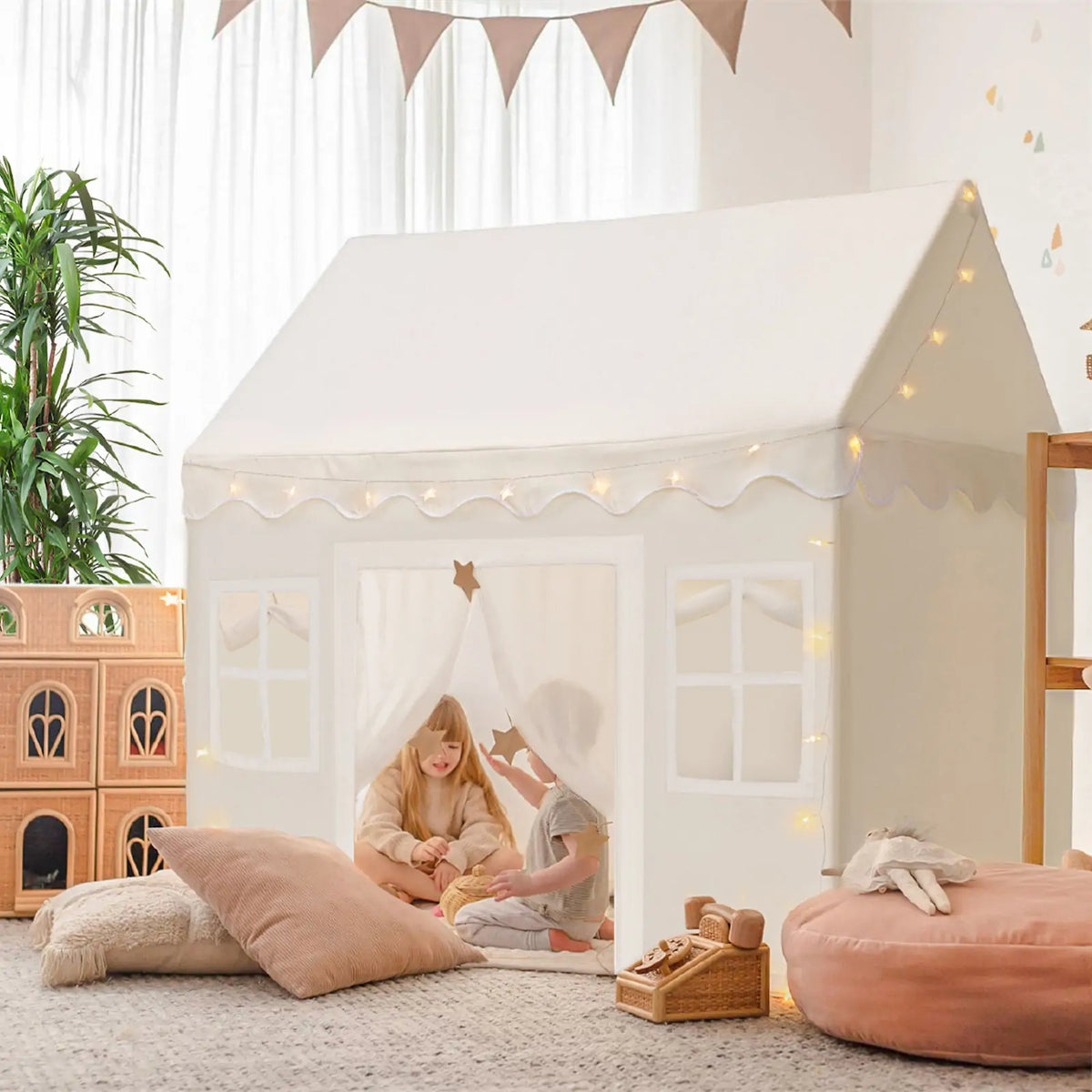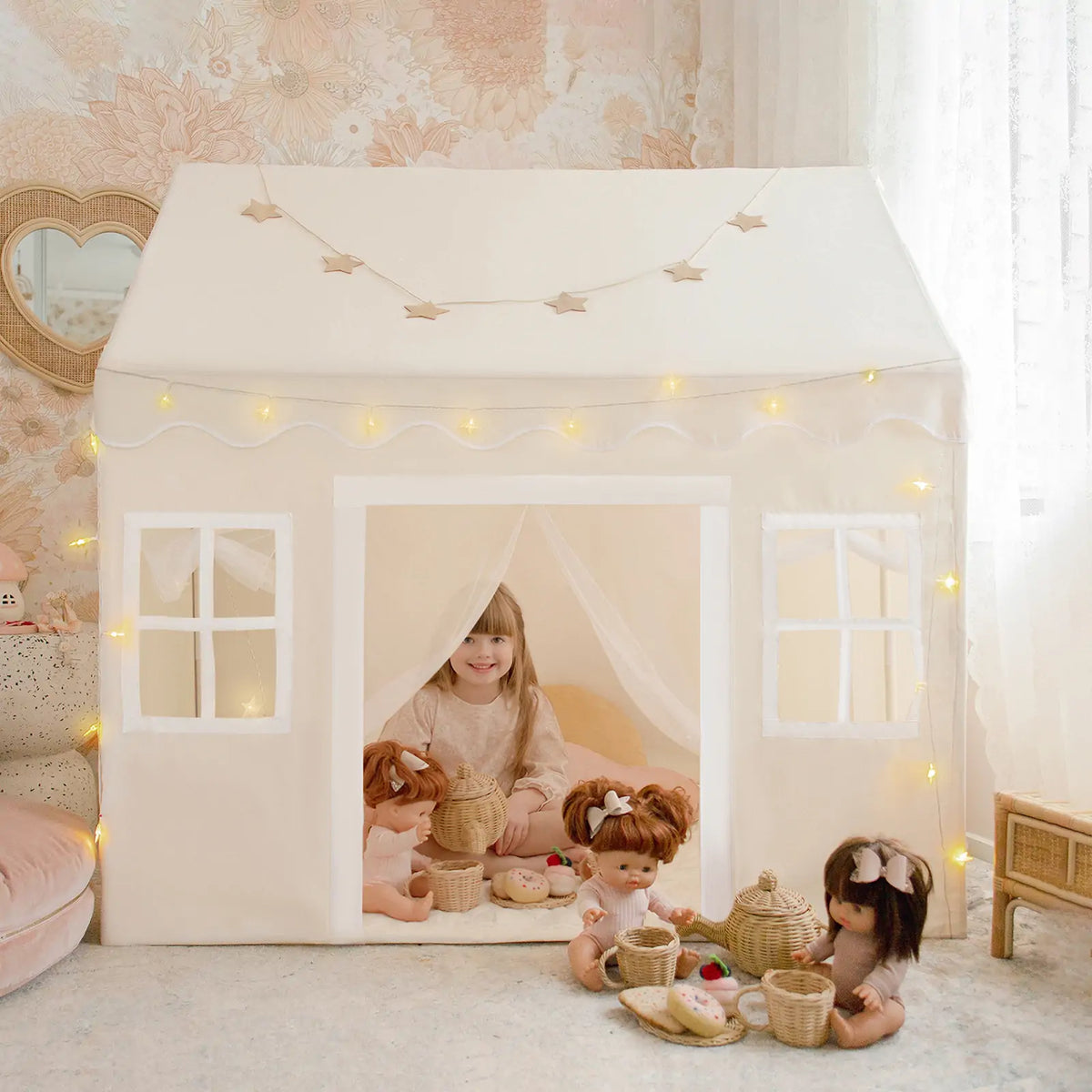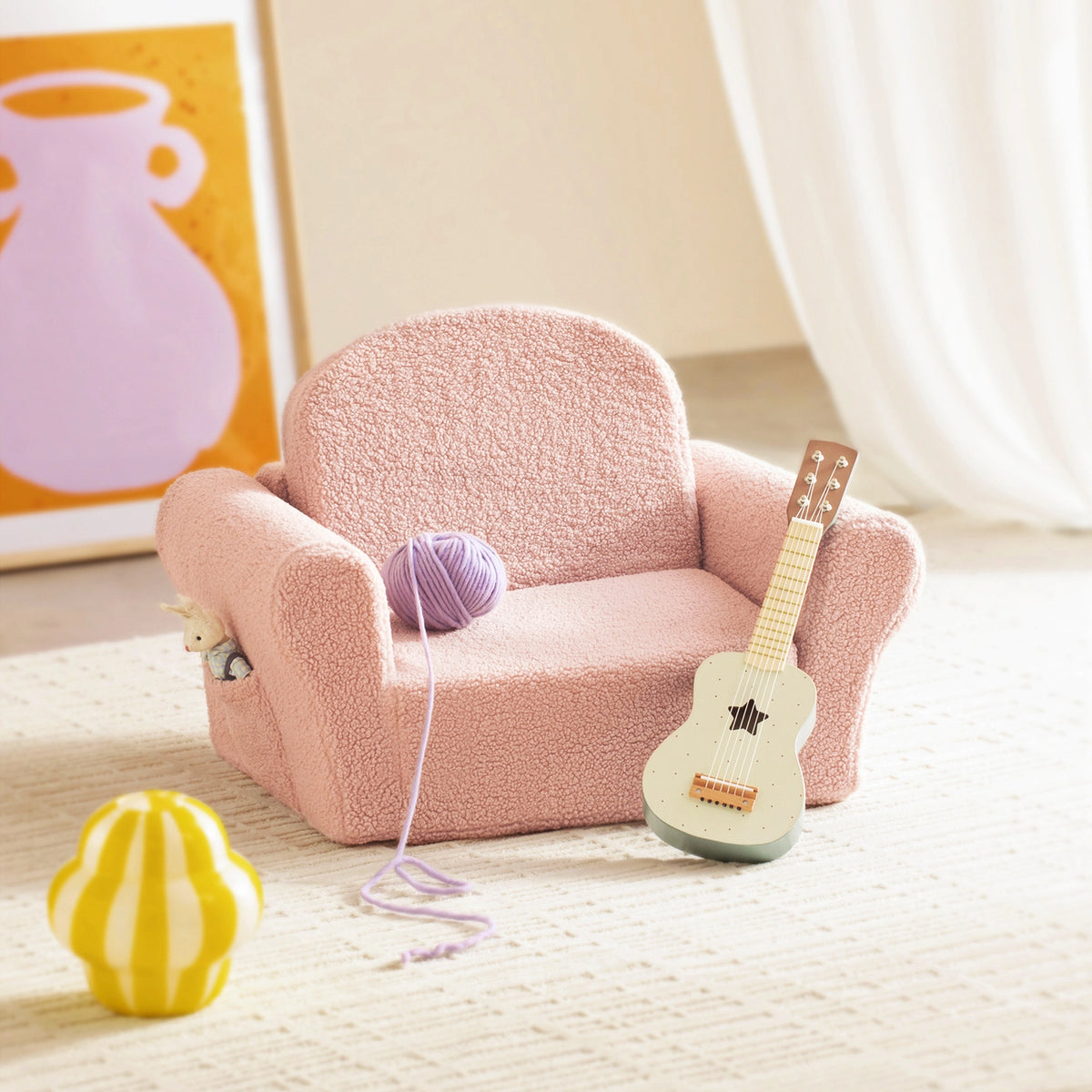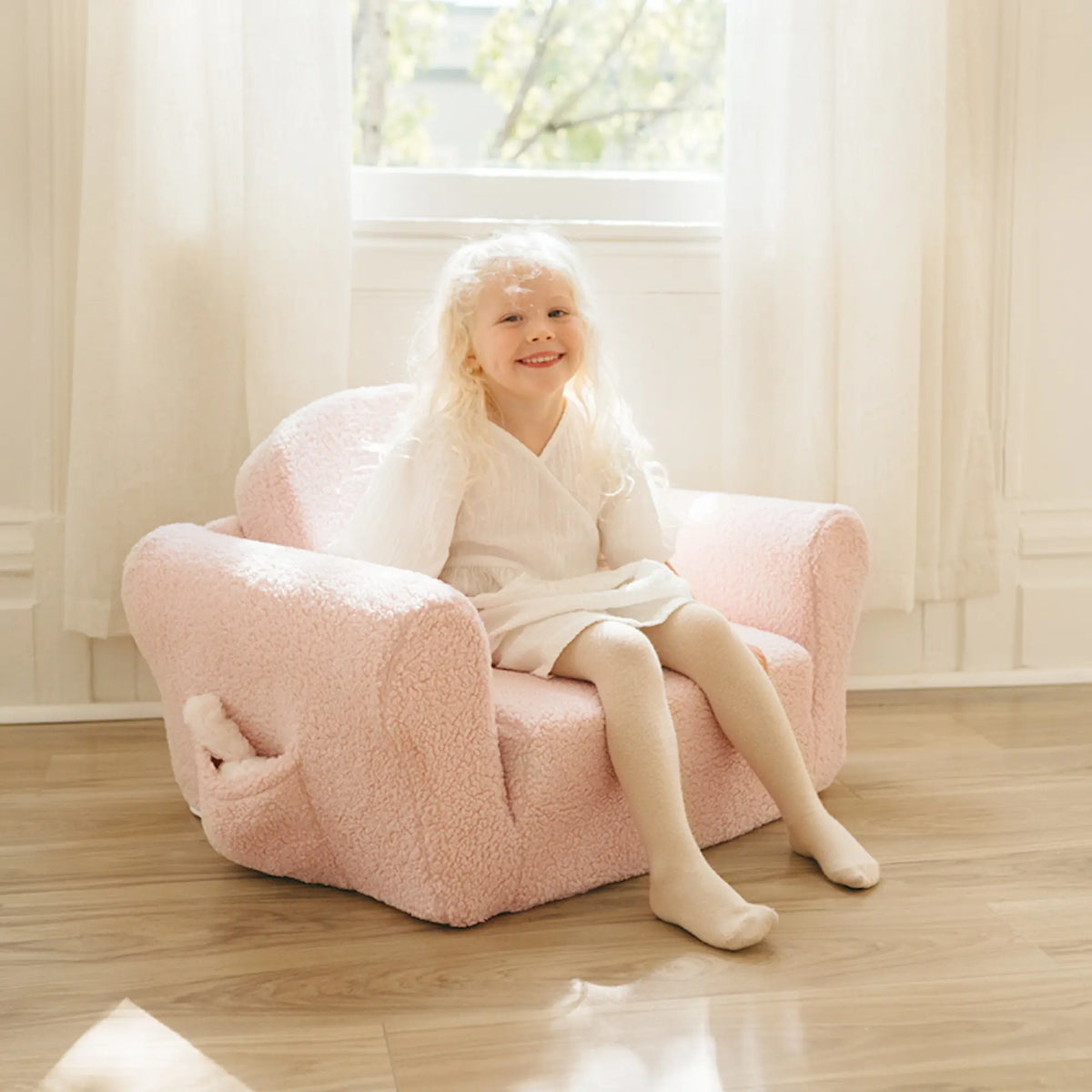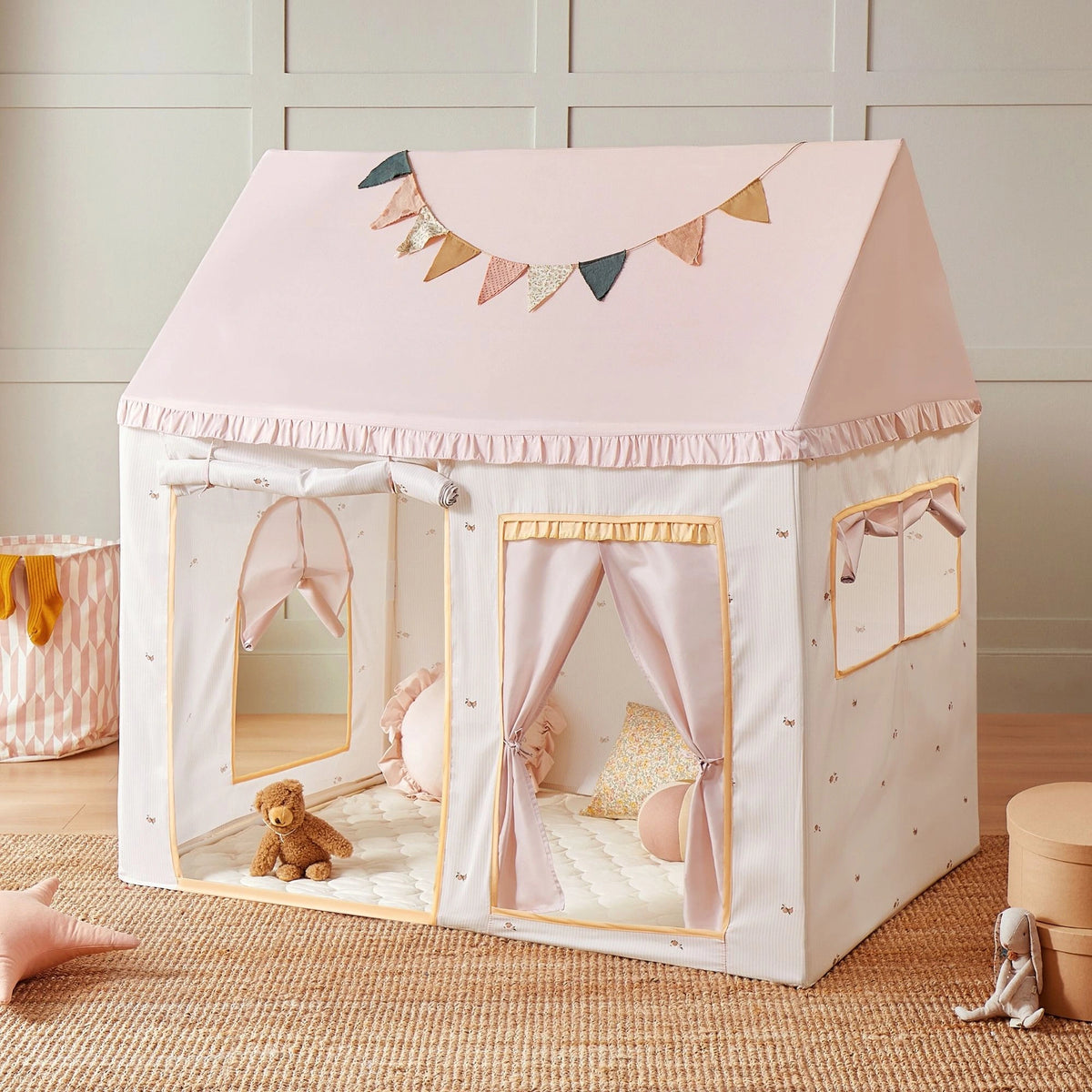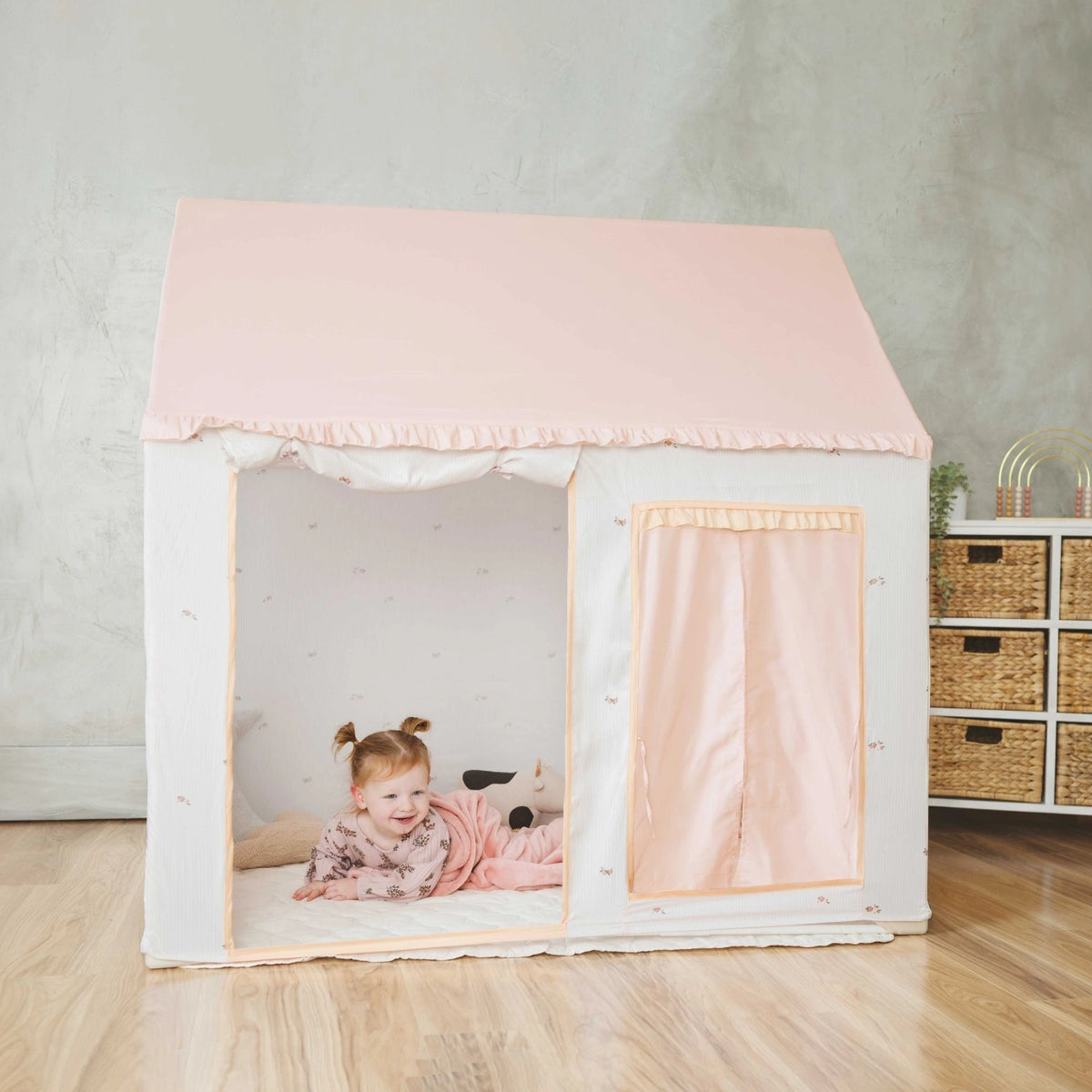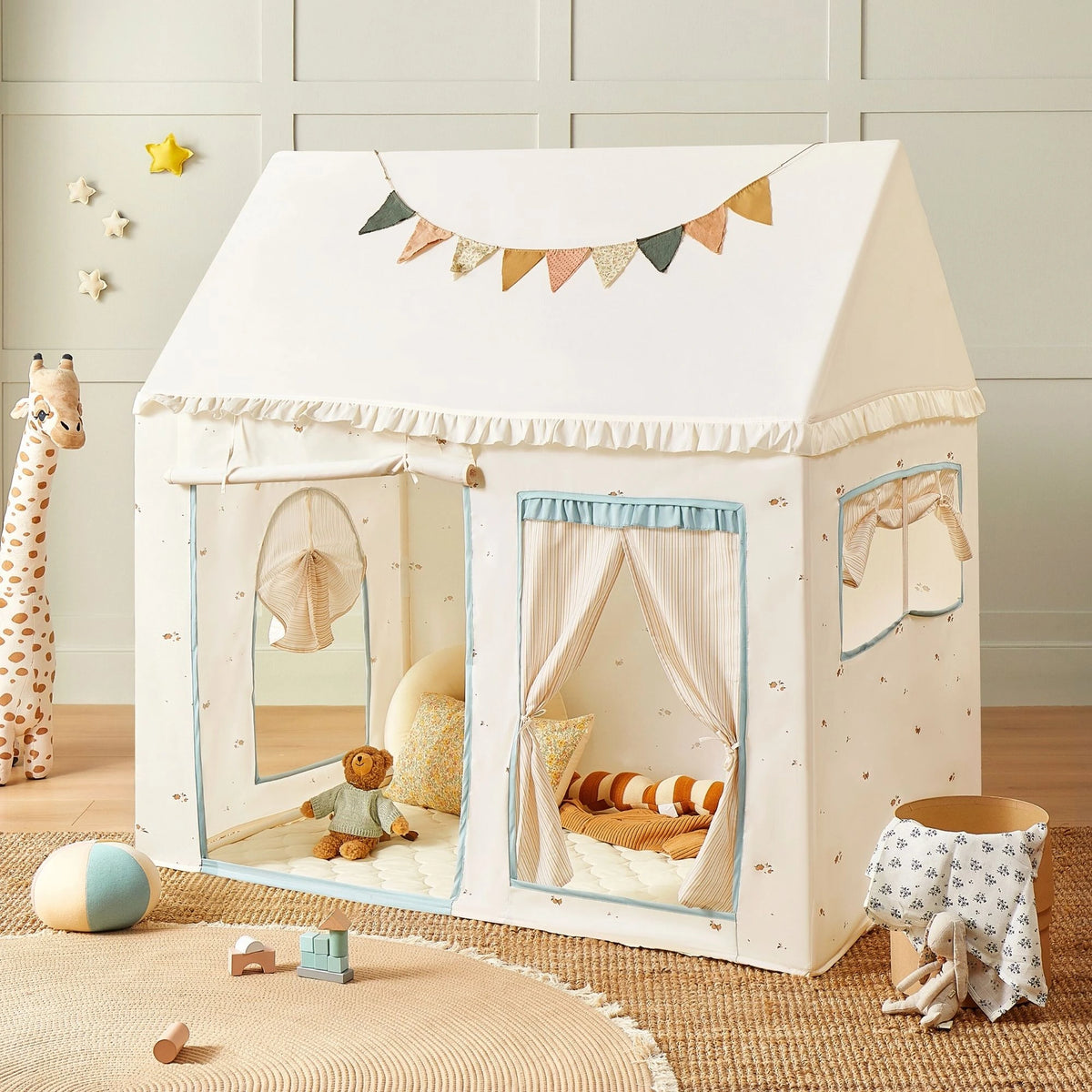When Pretend Play Becomes a Wake-Up Call
When my 3-year-old said, “I’ll wash the strawberries,” I almost stopped him. It felt too early, too risky, and honestly—too messy.
But then something made me pause.
That moment made me realize I wasn’t really protecting him from a mess. I was protecting my own idea of what he was capable of.
And that’s when it hit me: the play kitchen he’d been “pretending” with all this time—it wasn’t just a toy. It was his way of saying, “I’m ready.”
That single moment reminded me how powerful the connection is between pretend play and real-life activities, and how we as parents can miss the chance to teach if we don’t pause to really understand what our child is expressing.
It wasn’t just about washing fruit—it was about participation, confidence, and trust.
Toy Education: Pretend Play Isn’t the End—It’s the Invitation
Pretend play is one of the most powerful tools for early childhood development. It nurtures creativity, problem-solving, and emotional expression.
But here’s what Montessori parents have known all along:
Children don’t just want to play grown-up. They want to be part of real life. They want to contribute.
They want to help set the table, stir the batter, or pour their own water.
The question is—are we giving them the right tools, opportunities, and guidance to do that?
What if your child’s pretend kitchen could go beyond imagination and become a real-life learning lab—where simple activities like washing produce or using a toddler-safe knife could help them build confidence, coordination, and even early math skills like counting?
This kind of pretend play isn’t just fun—it’s important.

Learn: The Montessori Secret—Real Skills Start Early
Montessori philosophy sees young children as naturally eager to help, especially in everyday tasks like preparing food, pouring water, or wiping the table.
These are more than chores—they’re confidence-builders.
When we bring the kitchen down to a child’s level—with safe tools, real materials, and just enough structure—pretend play becomes purposeful play. And the difference is remarkable.
By offering the properly scaled environment and age-appropriate cooking activities, we don’t just entertain—we teach. These moments bring joy, growth, and even a sense of security through routine, safety, and predictability.
We also help children gain a deeper understanding of their own hands, their abilities, and their world.
So, how do you get started?
Tools: Your Montessori Kitchen Toolkit—What You Actually Need
You don’t need a classroom or a remodel. Start simple, with things that give kids real access to daily activities:
✅ A wooden play kitchen with a working sink and storage place
✅ Real Montessori cooking utensils—think toddler-safe knifes, peelers, mixing bowls, and tongs
✅ Real, easy-to-handle ingredients like bananas, cucumbers, and strawberries
✅ Child-sized towels, sponges, dish brushes, and trays for clean-up
✅ Optional: a timer, visual step chart, or printable website routine to support order and independence
Tip: Keep it simple, accessible, and child-led. The goal isn’t perfection—it’s participation. These are the kinds of things that build lasting connection.
And don’t forget: safety is key. Supervise, model, and make sure the tools and tasks are properly adjusted to your child’s age and development.
Confidence: The 15-Minute Kitchen Routine That Builds Confidence
Here’s a practical, easy routine you can do every day to turn your child’s luxury play kitchen into a Montessori-style learning station:
|
Time |
What to Do |
What They Learn |
|---|---|---|
|
2 min |
Pick a snack ingredient |
Decision-making & independence |
|
3 min |
Wash the produce |
Hand-eye coordination & hygiene |
|
5 min |
Cut, stir, and plate |
Fine motor skills, sequencing, and early cooking logic |
|
3 min |
Clean up the space |
Responsibility, order, and awareness of work |
|
2 min |
Put away tools & say “I did it!” |
Confidence, closure, and accomplishment |
Bonus tip: Let your child lead—even if it’s slower or messier than you expect. That’s where real growth and meaningful experience happen.
And with repeated activities, they’ll develop a sense of rhythm and ownership that sticks with them for the long run.
What Montessori Parents Are Saying
Here’s what some Montessori parents shared about their experiences:
“I started giving my daughter a real peeler at age 3. She now helps prep her own lunch and loves it.” — Emma, Montessori mom of two
“We used to just ‘pretend’ cook. Now my son actually washes fruit and asks me if it’s snack time yet.” — Jack, dad of a 4-year-old
“I realized the goal wasn’t just to keep him busy—it was to let him feel capable. The kitchen became his favorite place.” — Lisa, homeschool parent
These stories show how real-life activities in a child-friendly pretend play kitchen can teach more than just skills—they can build connection, confidence, and even joy in making and contributing.
It’s not about performance—it’s about progress. And that matters more than we often remember to review.
Pretend Play Is Just the Beginning
Pretend play is beautiful, magical, and important.
But what if it’s also a doorway? A quiet signal from your child: “I’m ready to be part of real life.”
By providing real tools in a child-scaled kitchen environment—like a thoughtfully designed play kitchen with Montessori utensils—you’re not just giving them something fun.
You’re giving them:
● A sense of independence
● The joy of real contribution
● And a growing belief that they are capable, trusted, and needed
These lessons build a foundation of independence and self-worth that your child will carry through life—long after the play kitchen is put away.
Whether you’re just beginning or already on the journey, remember: your child is learning through every moment of participation. And what they learn through their hands and work, they will remember for life.
Frequently Asked Questions (FAQ)
Q1: Are Montessori cooking utensils really safe for toddlers?
A: Yes! Montessori tools are designed with child safety in mind—made from non-toxic materials with rounded edges and sized perfectly for little hands. Always supervise young kids during use for extra security, and check your tools regularly to make sure everything is covered and functioning safely.
Q2: How is a play kitchen different from a real kitchen? Can it really teach cooking skills?
A: A play kitchen provides a scaled-down, child-friendly environment that encourages exploration and hands-on practice. When combined with real utensils and ingredients, it becomes a practical learning site where kids build real-life skills like pouring, mixing, and even safe knife use and counting.
Q3: What age is appropriate to start using Montessori cooking tools?
A: Many children can start safely exploring simple utensils and food prep activities around age 2 to 3, depending on their development and supervision levels. Begin with basic tools and gradually increase complexity as they grow.
Q4: What if my child shows little interest in cooking or kitchen play?
A: That’s okay! Every child develops interests at their own pace. Try involving them gradually—let them observe, then join smaller activities. Focus on making it fun and pressure-free. Interest often grows through positive experience and connection.
Q5: How can I best support my child during kitchen play?
A: Be a guide, not a boss. Support independence by modeling and stepping back. Encourage questions, celebrate small wins, and allow your child to take the lead. You’ll be amazed at how much they can teach you, too.
Ready to Get Started?
Ready to turn your child’s play kitchen into a real learning space?
Explore our Montessori-inspired products, tools, and materials on our website or in store—designed to spark independence, creativity, and confidence.
We also provide free printable content and cooking guides on our site to help you create memorable, hands-on learning moments.
Start your Montessori kitchen adventure today, and create meaningful activities that build skills, connection, and joy.
Let the learning begin—one cut, one snack, and one joyful mess at a time.



